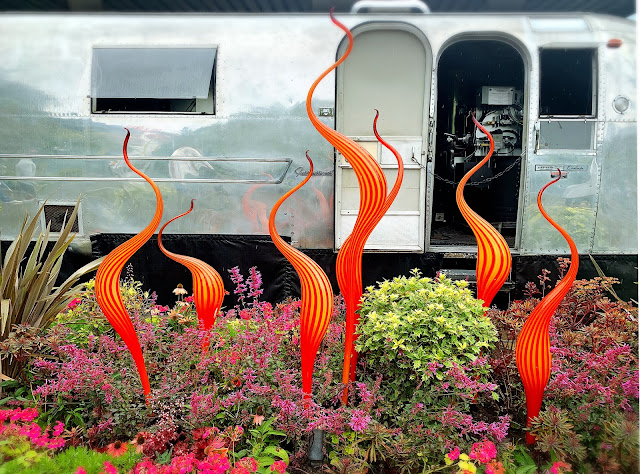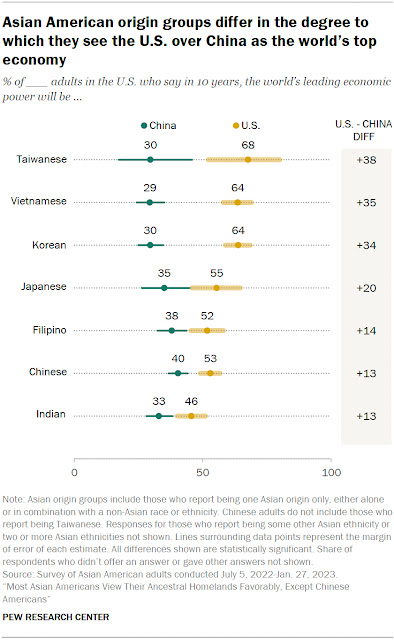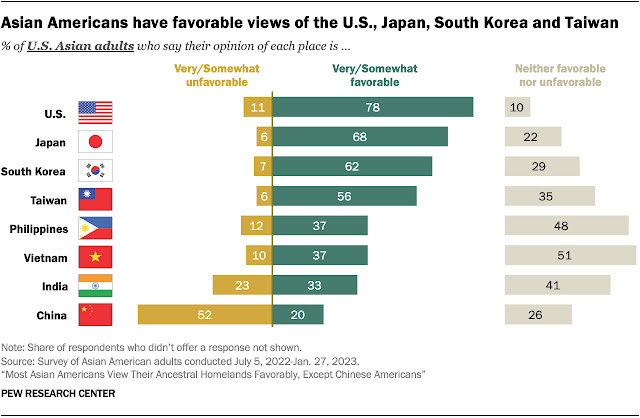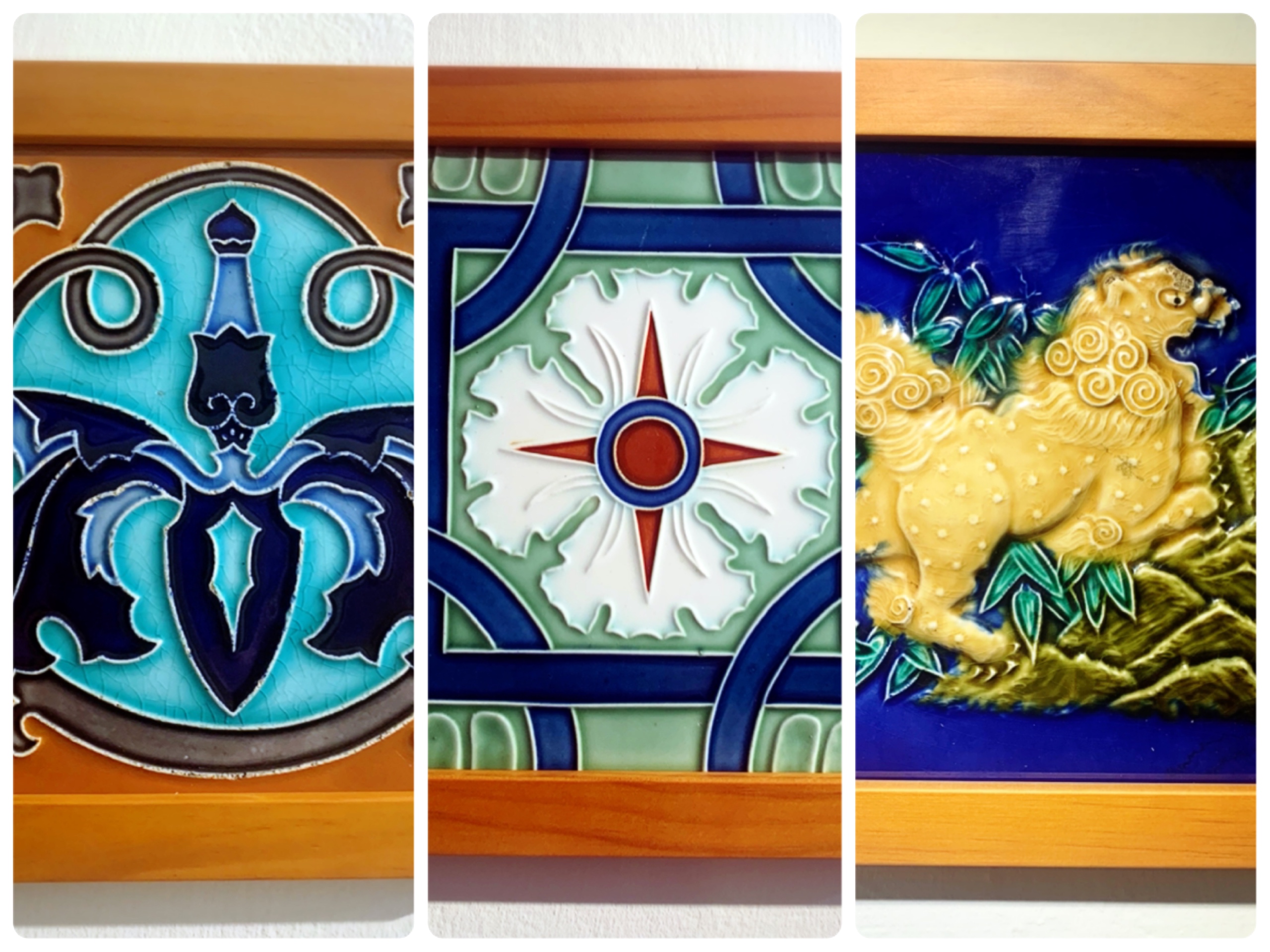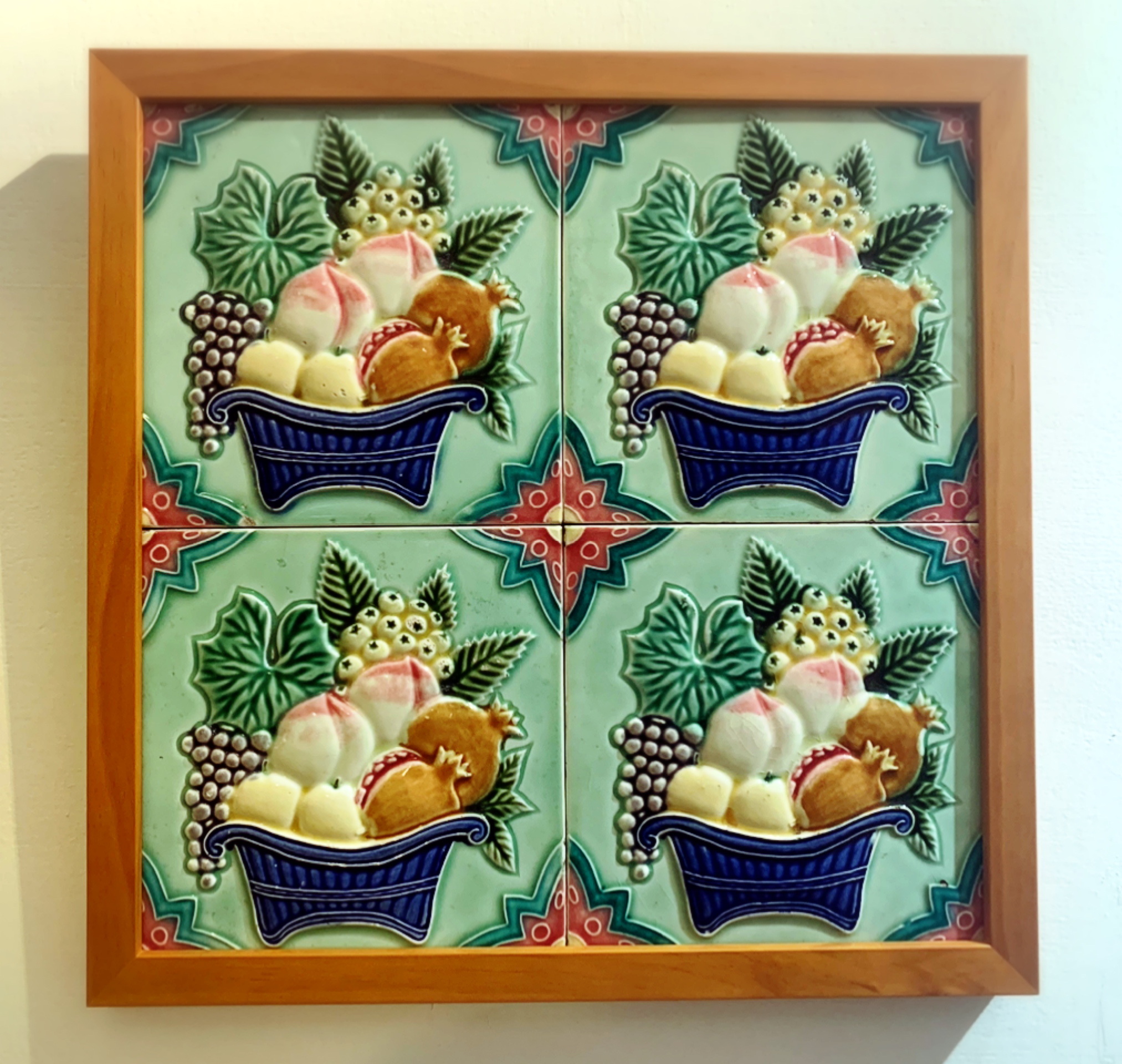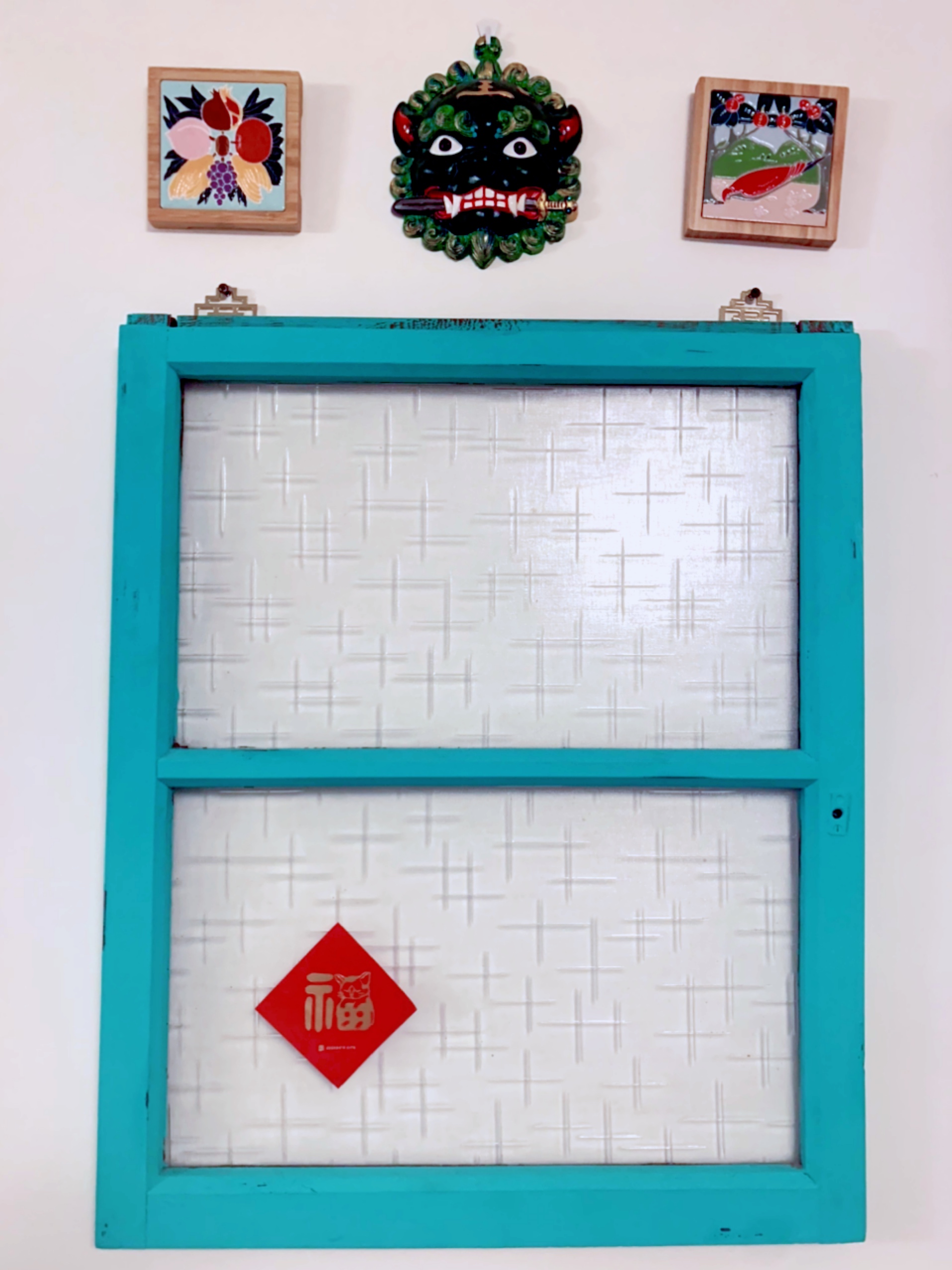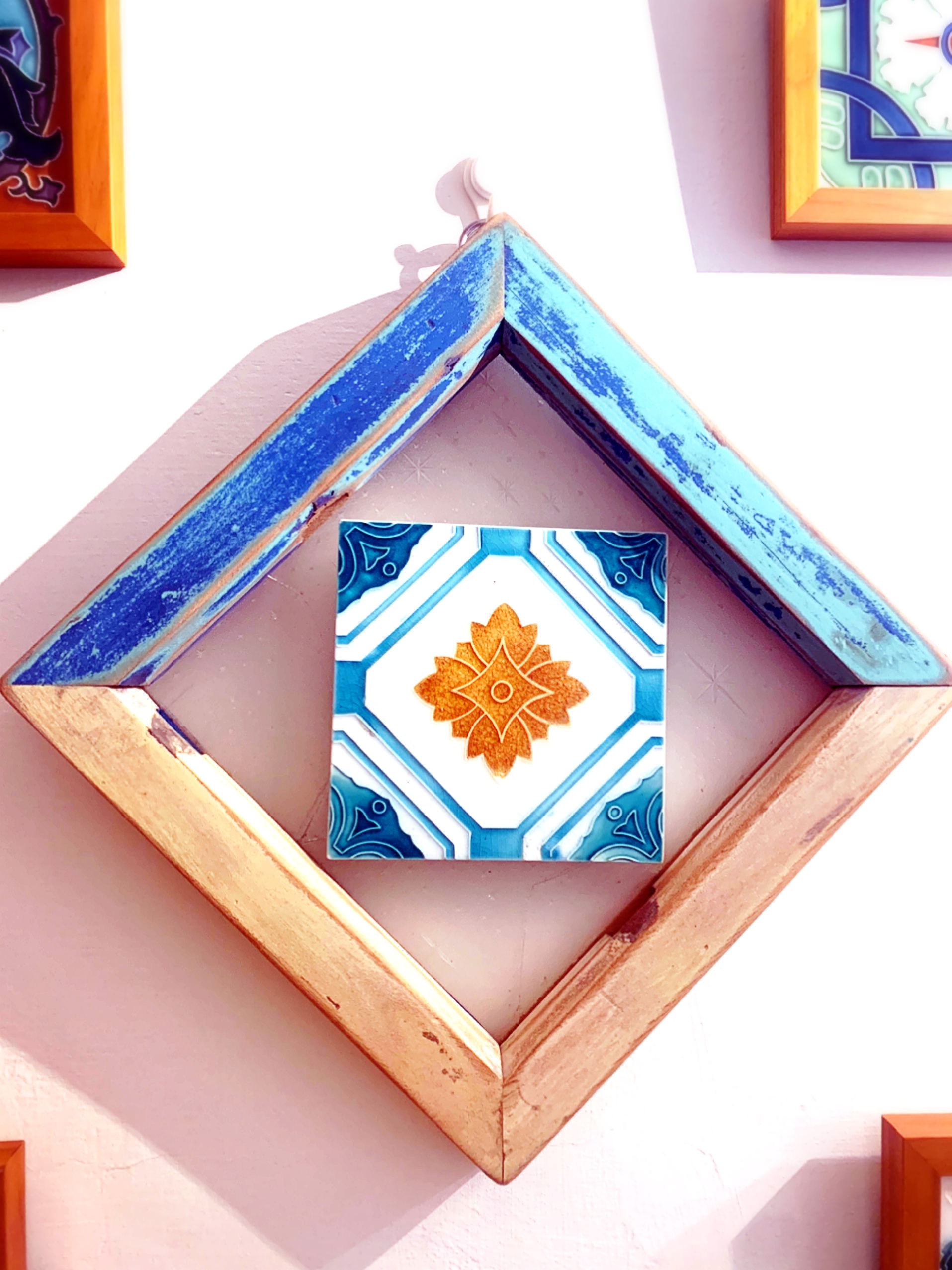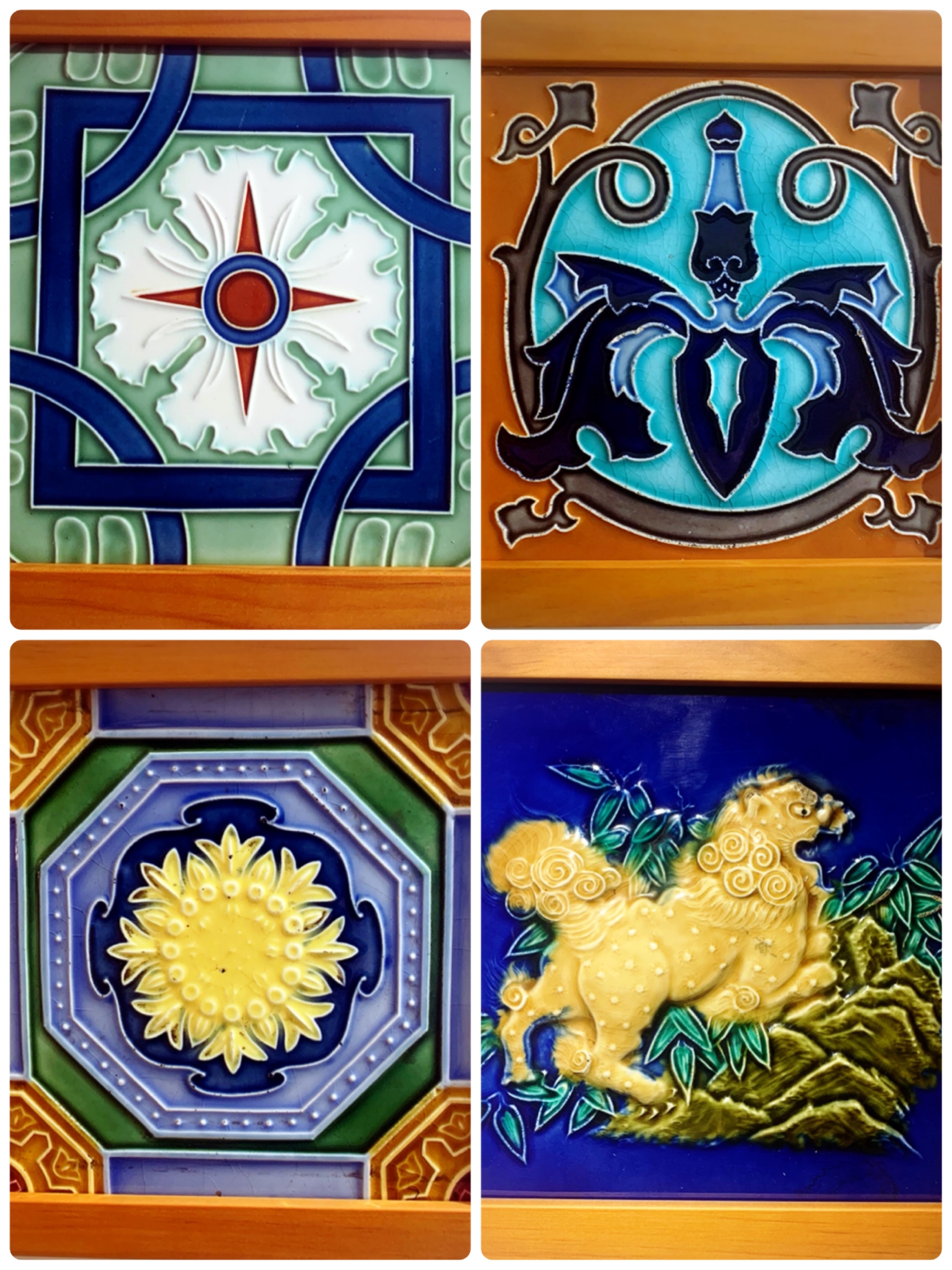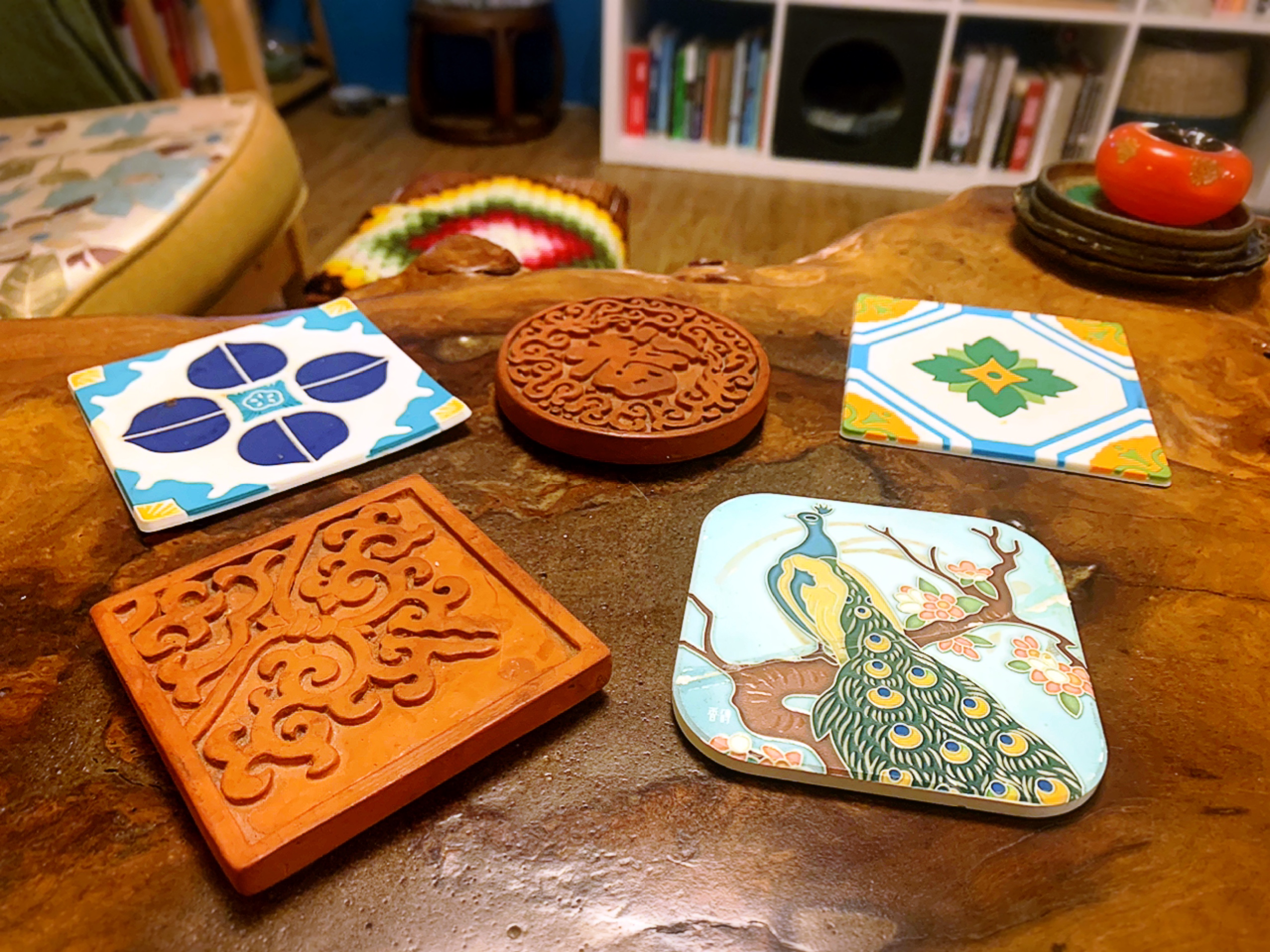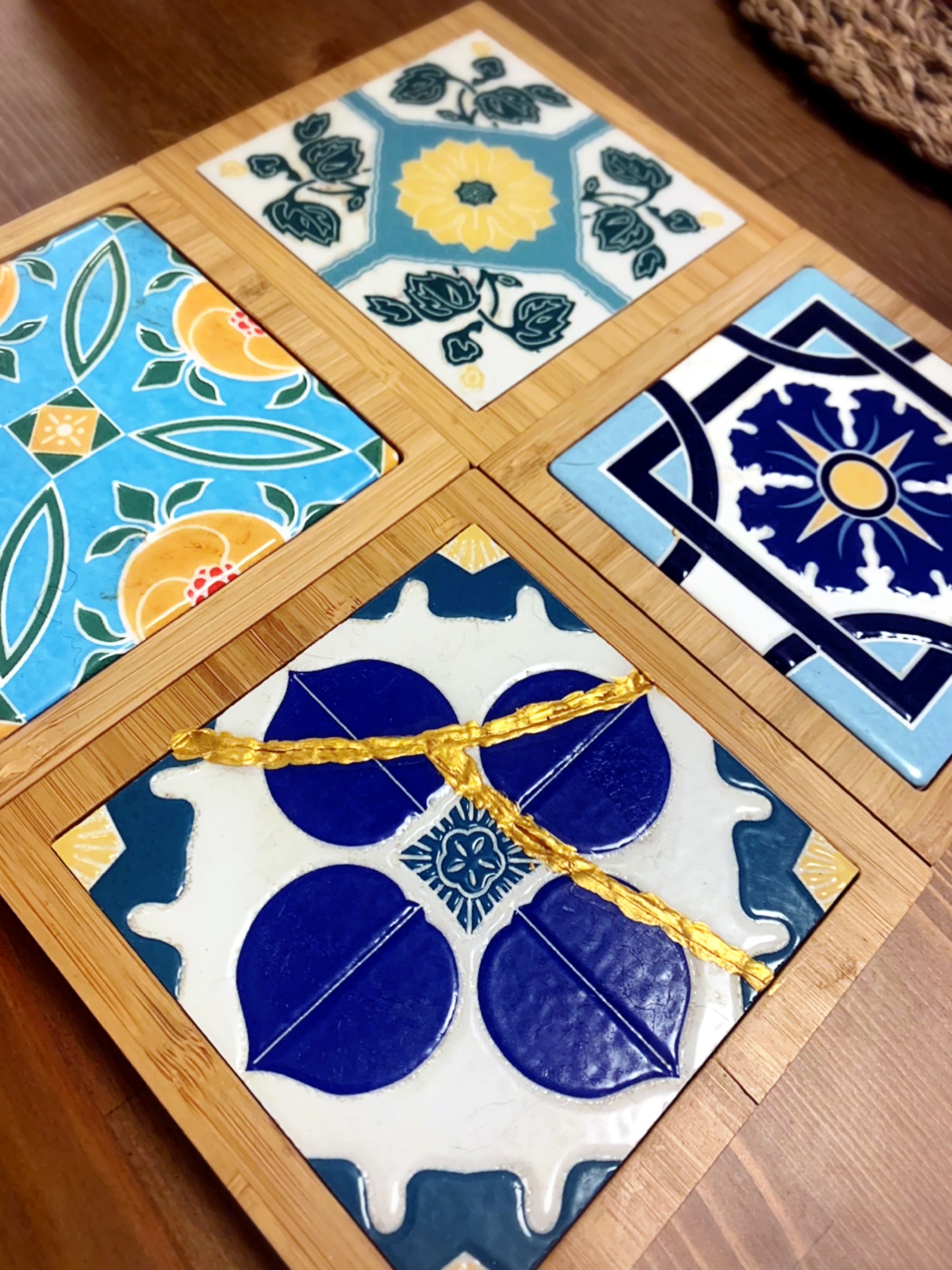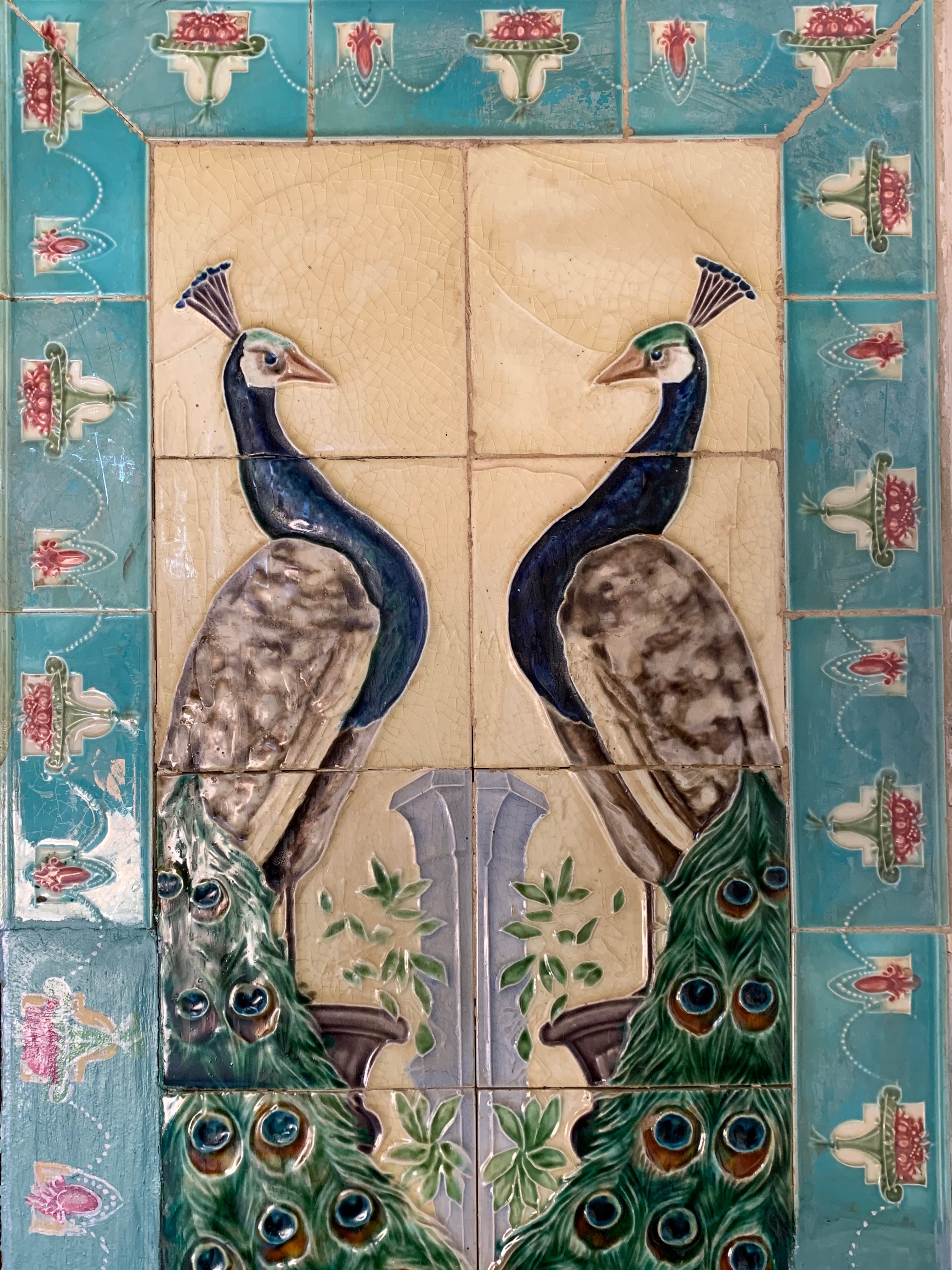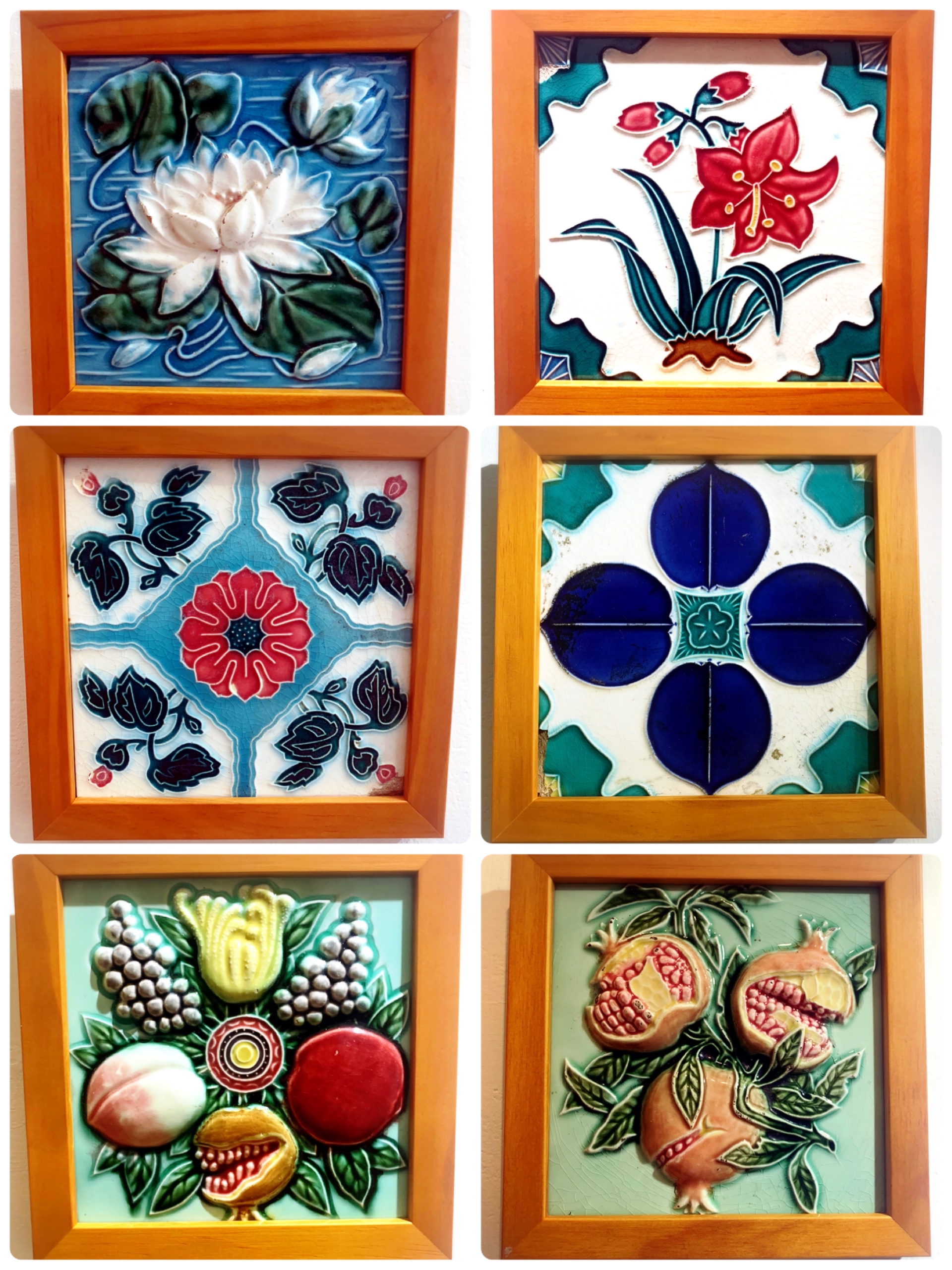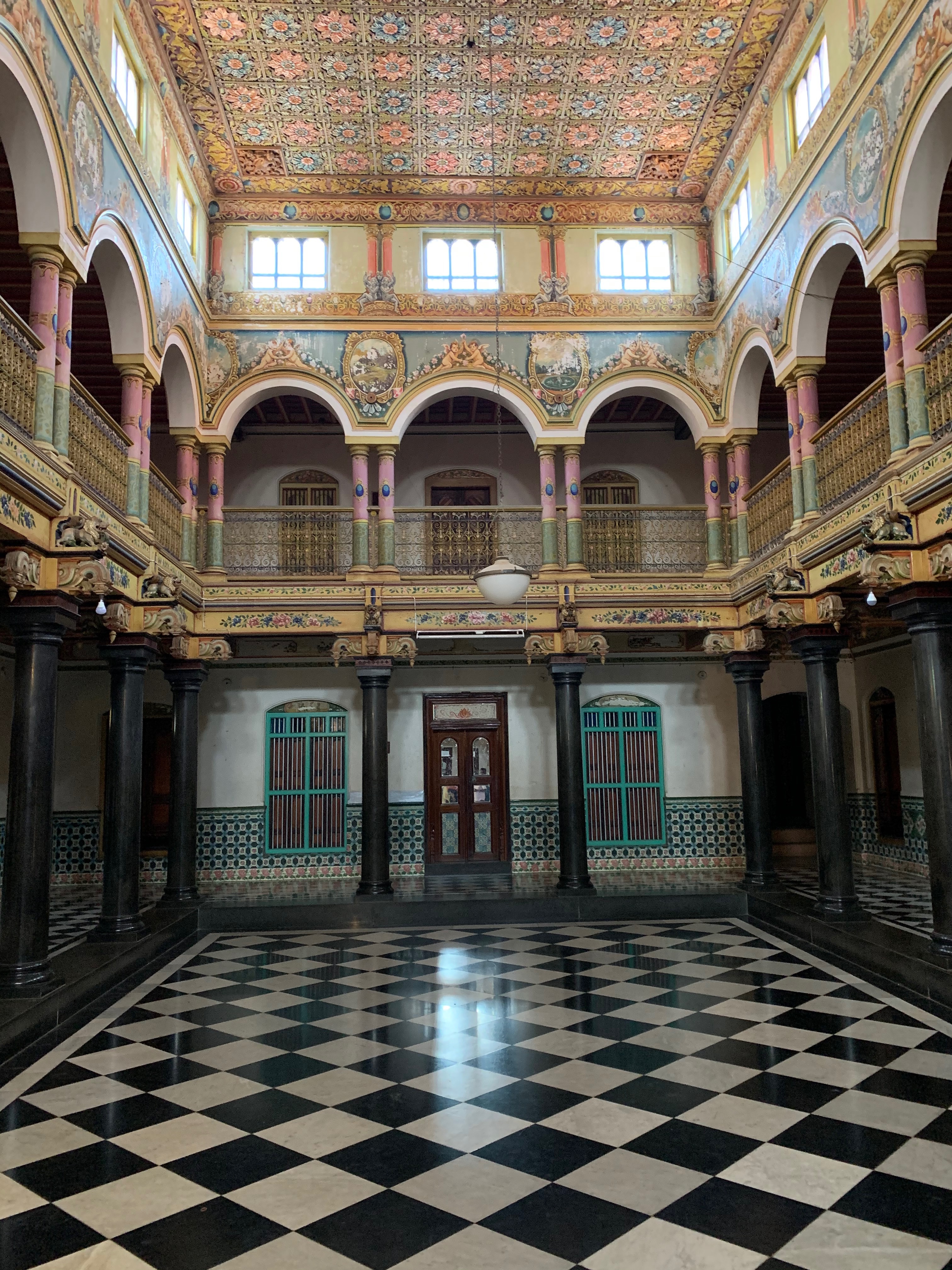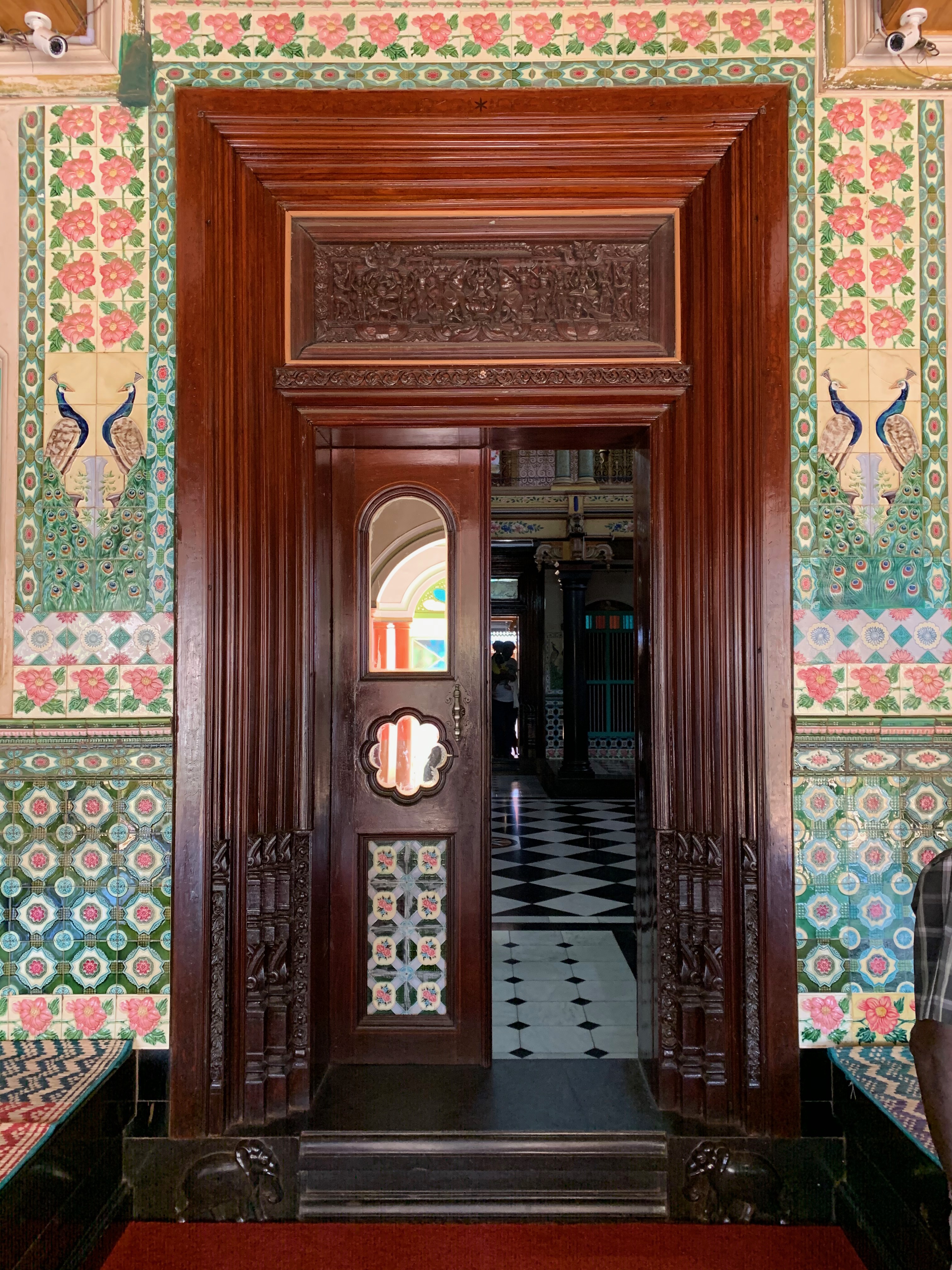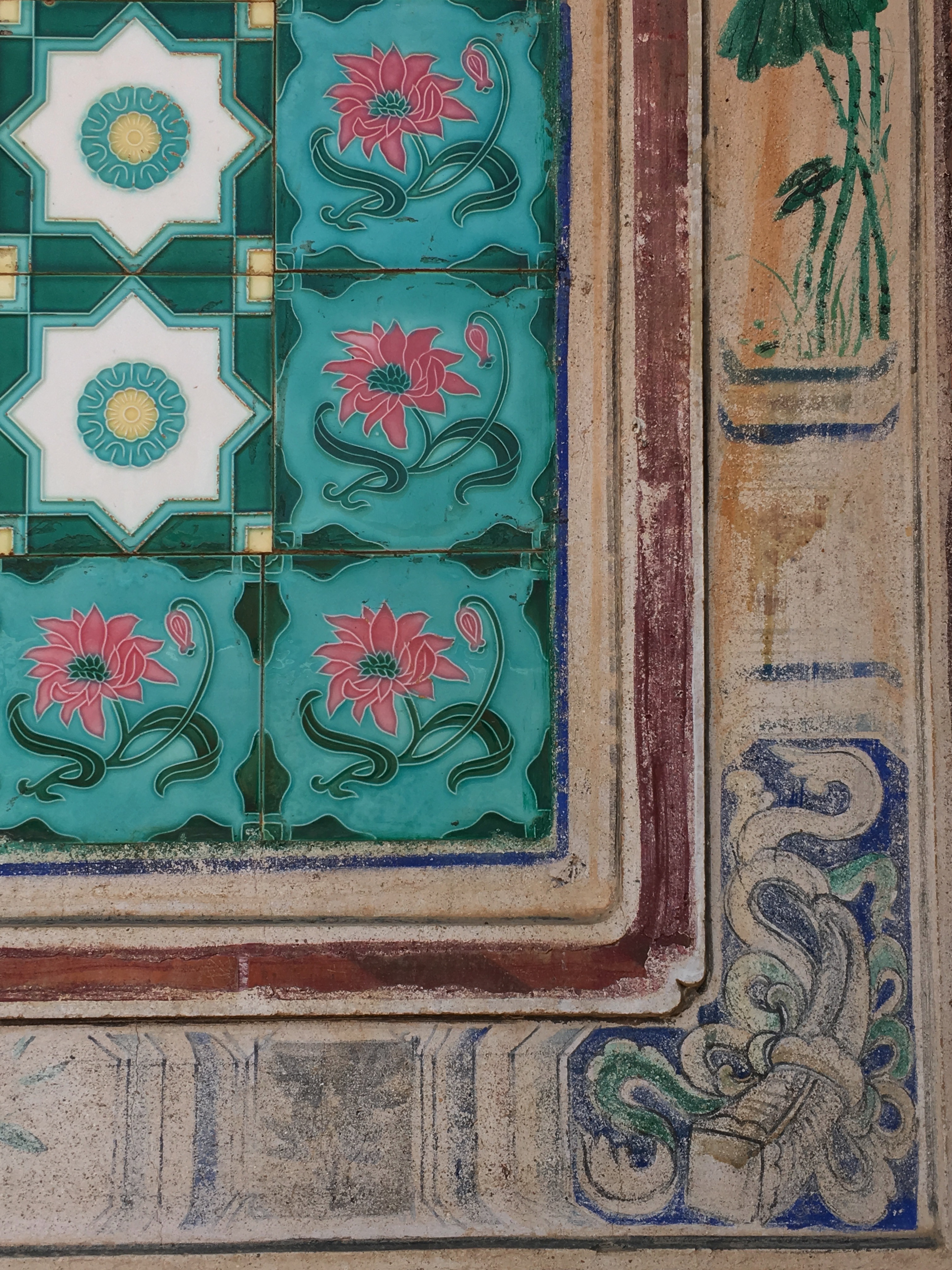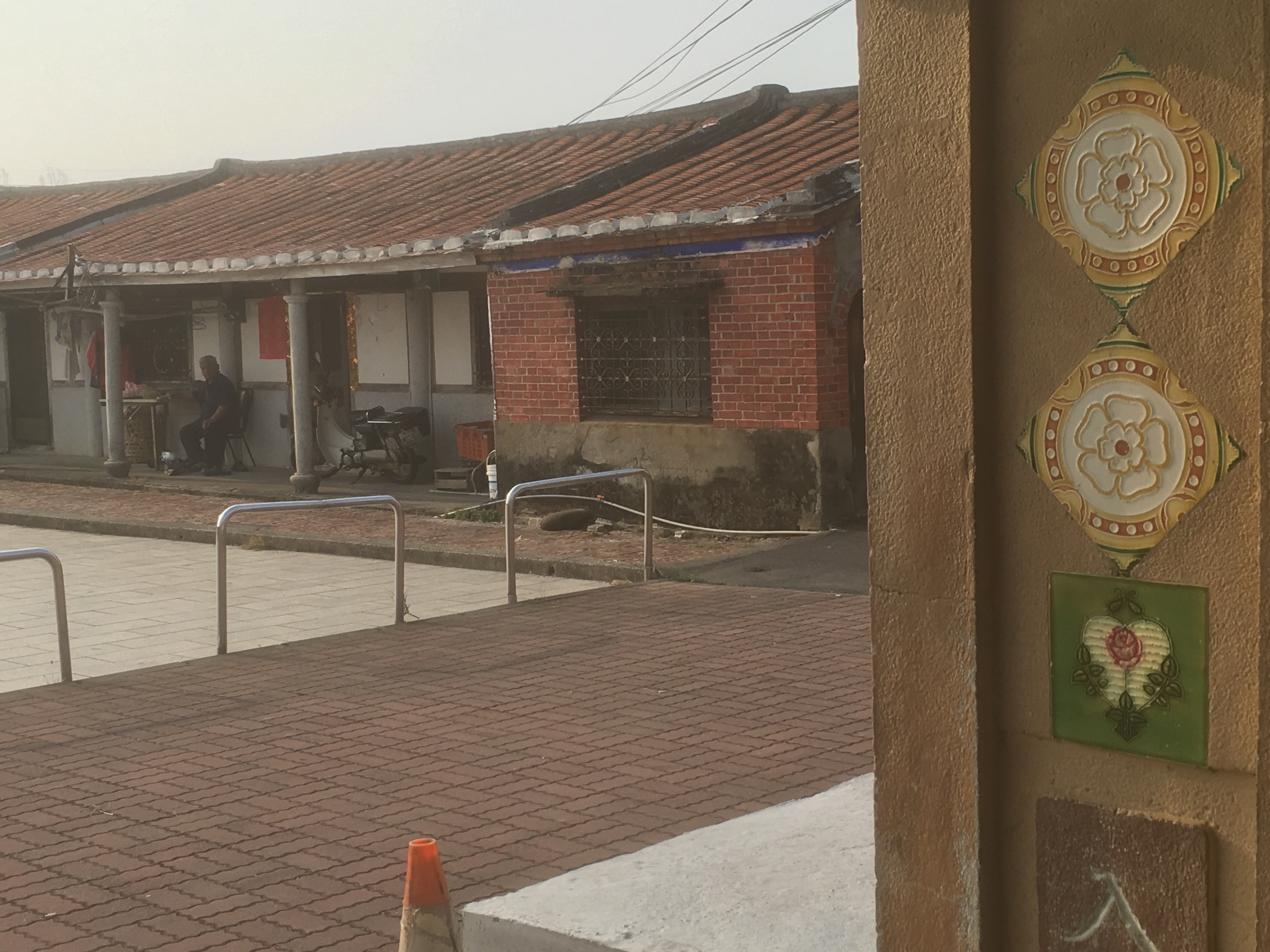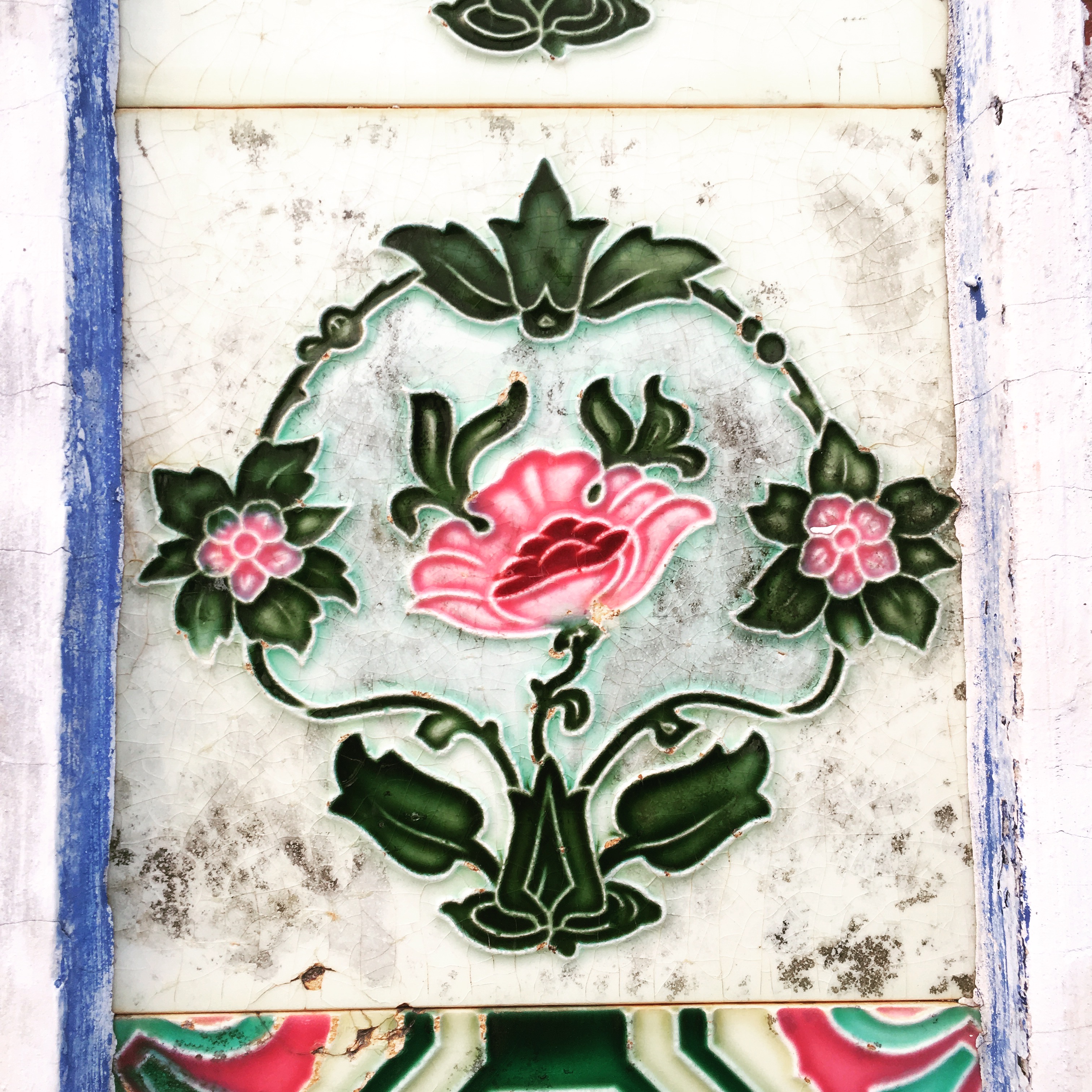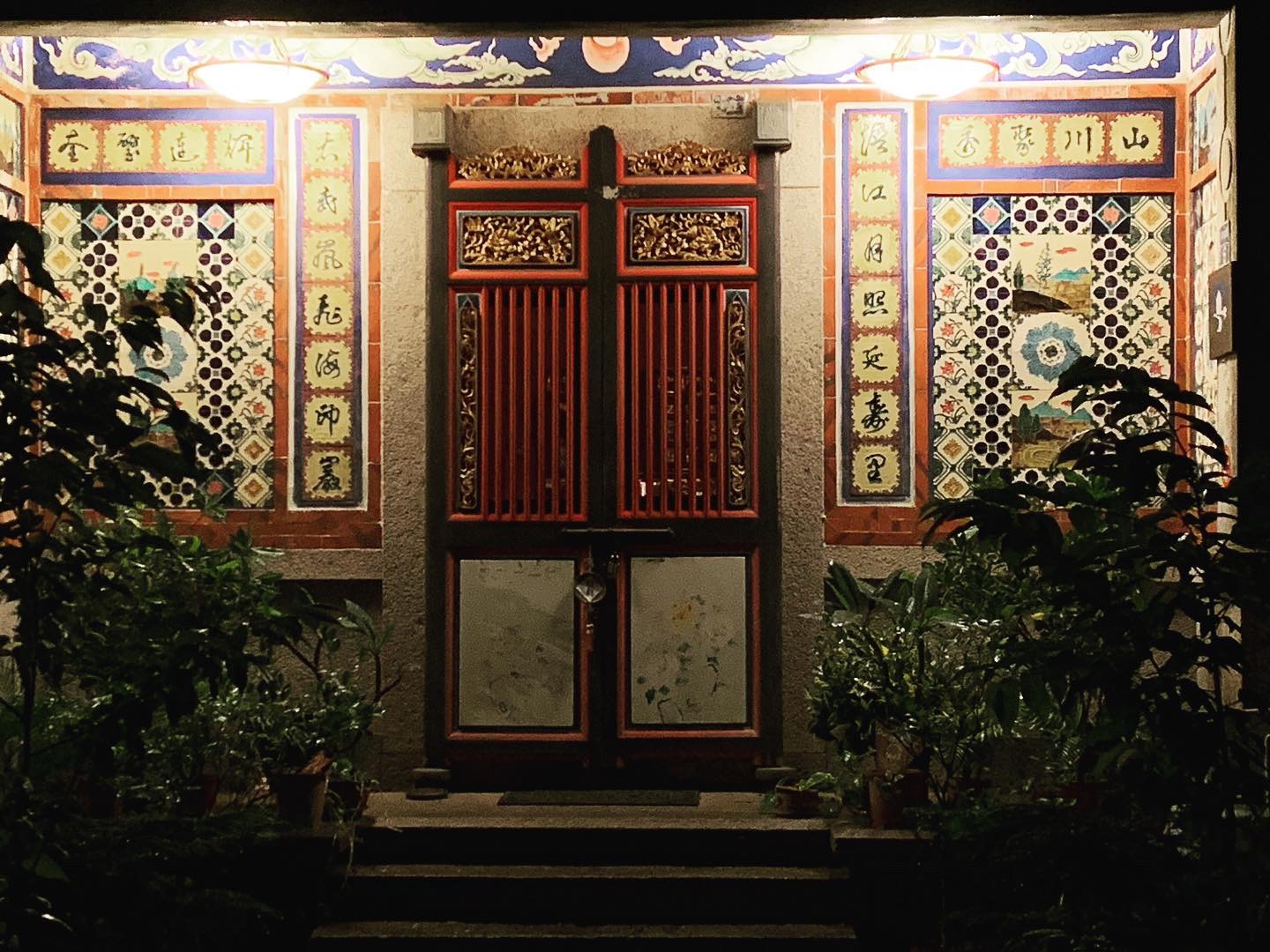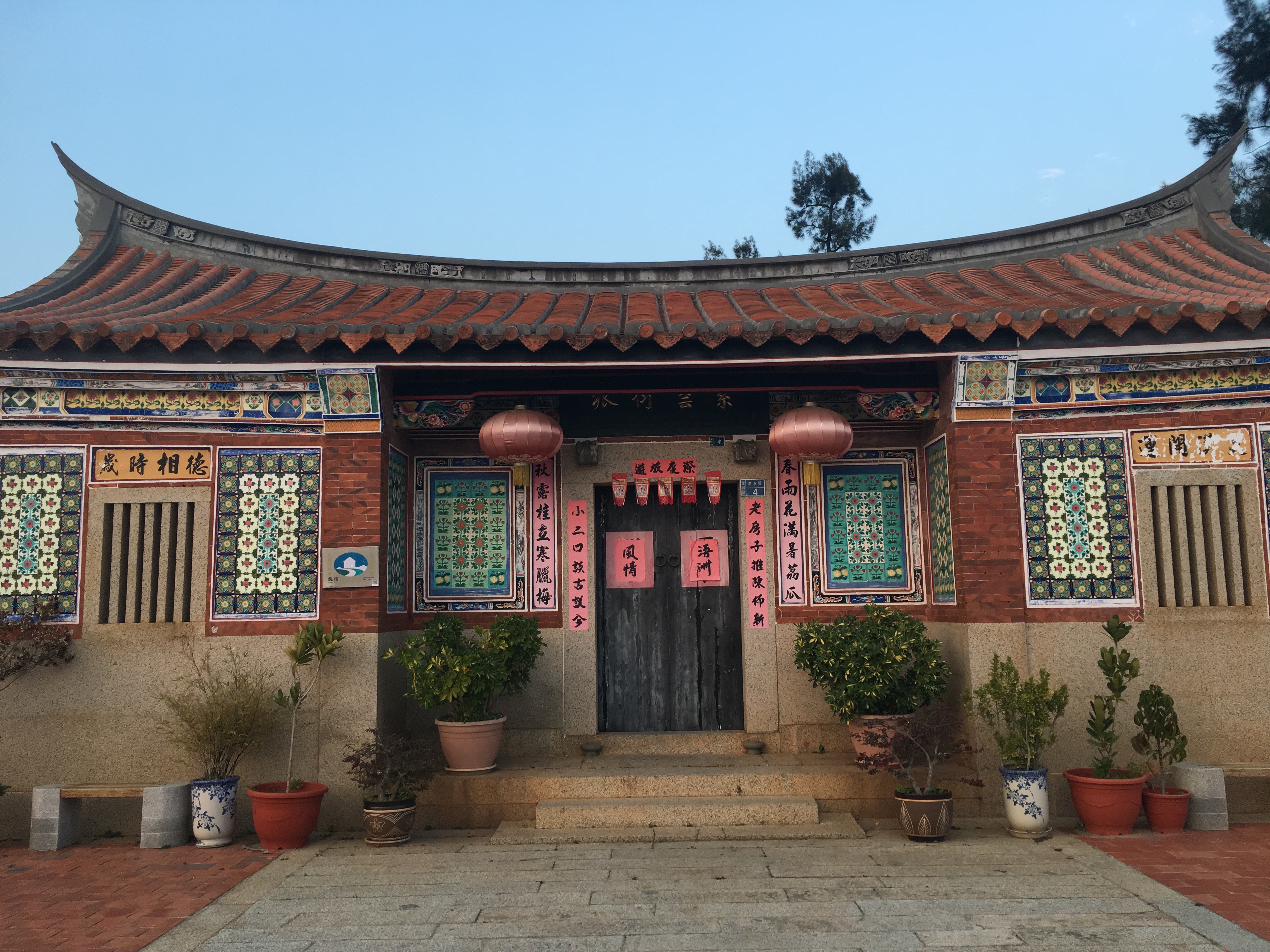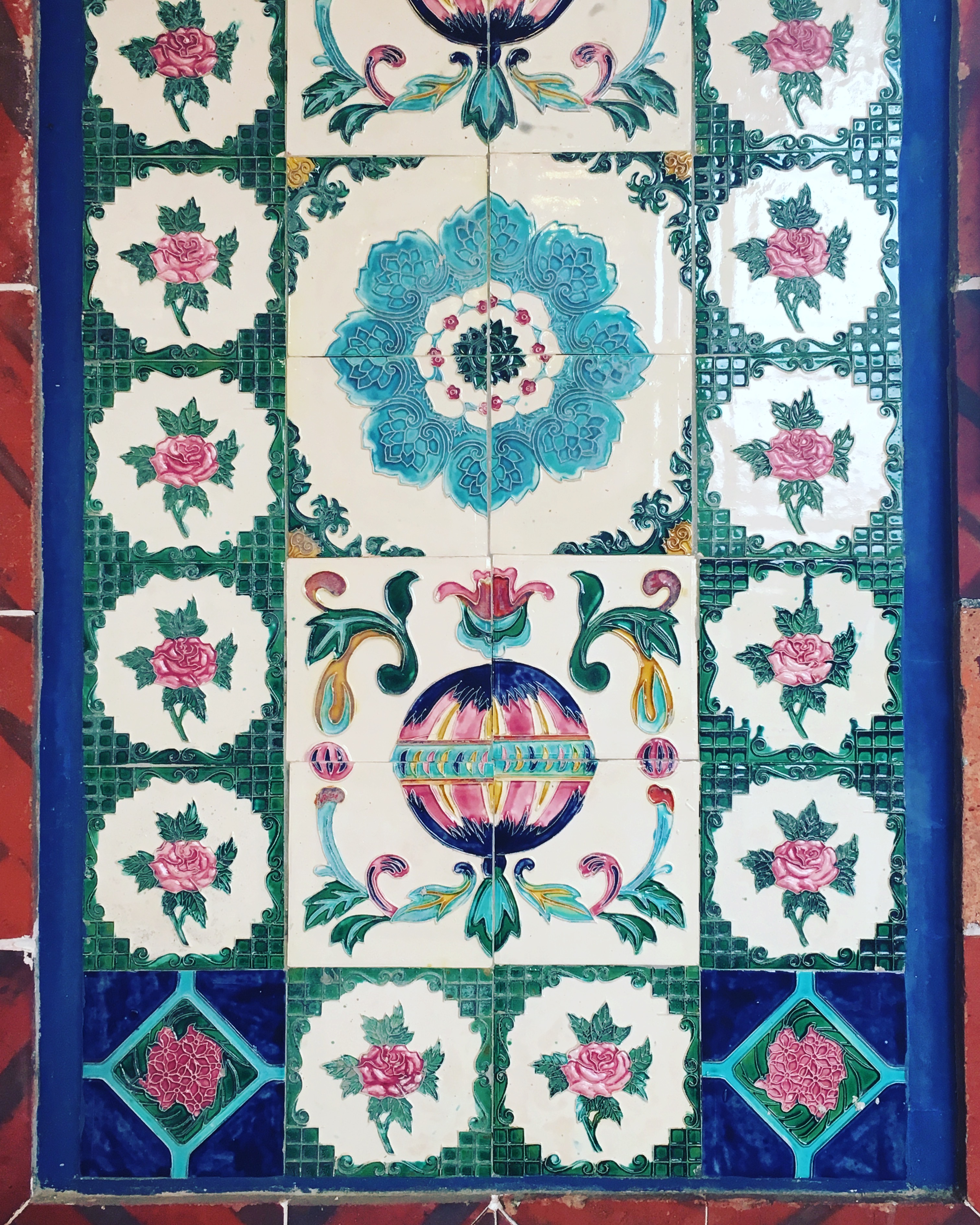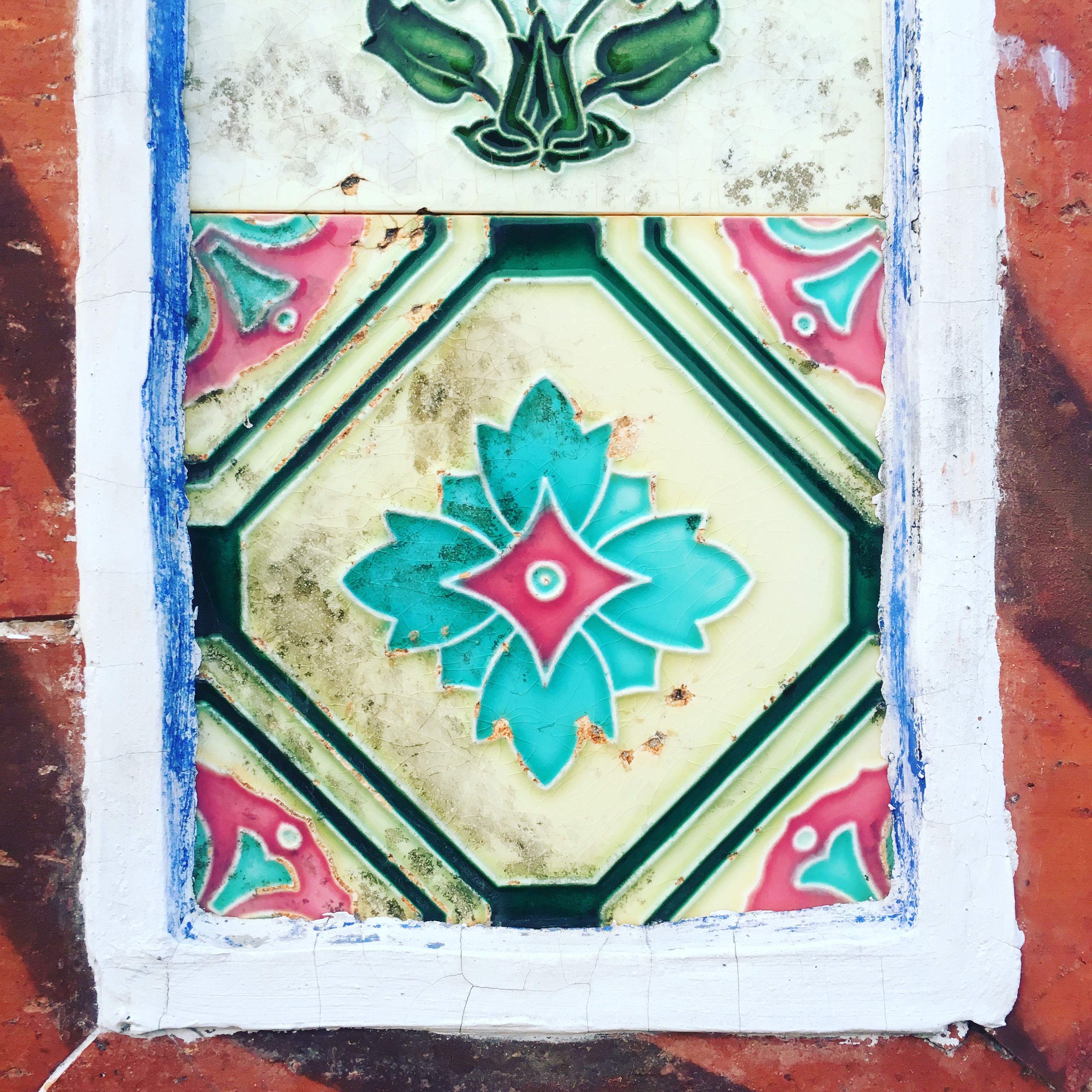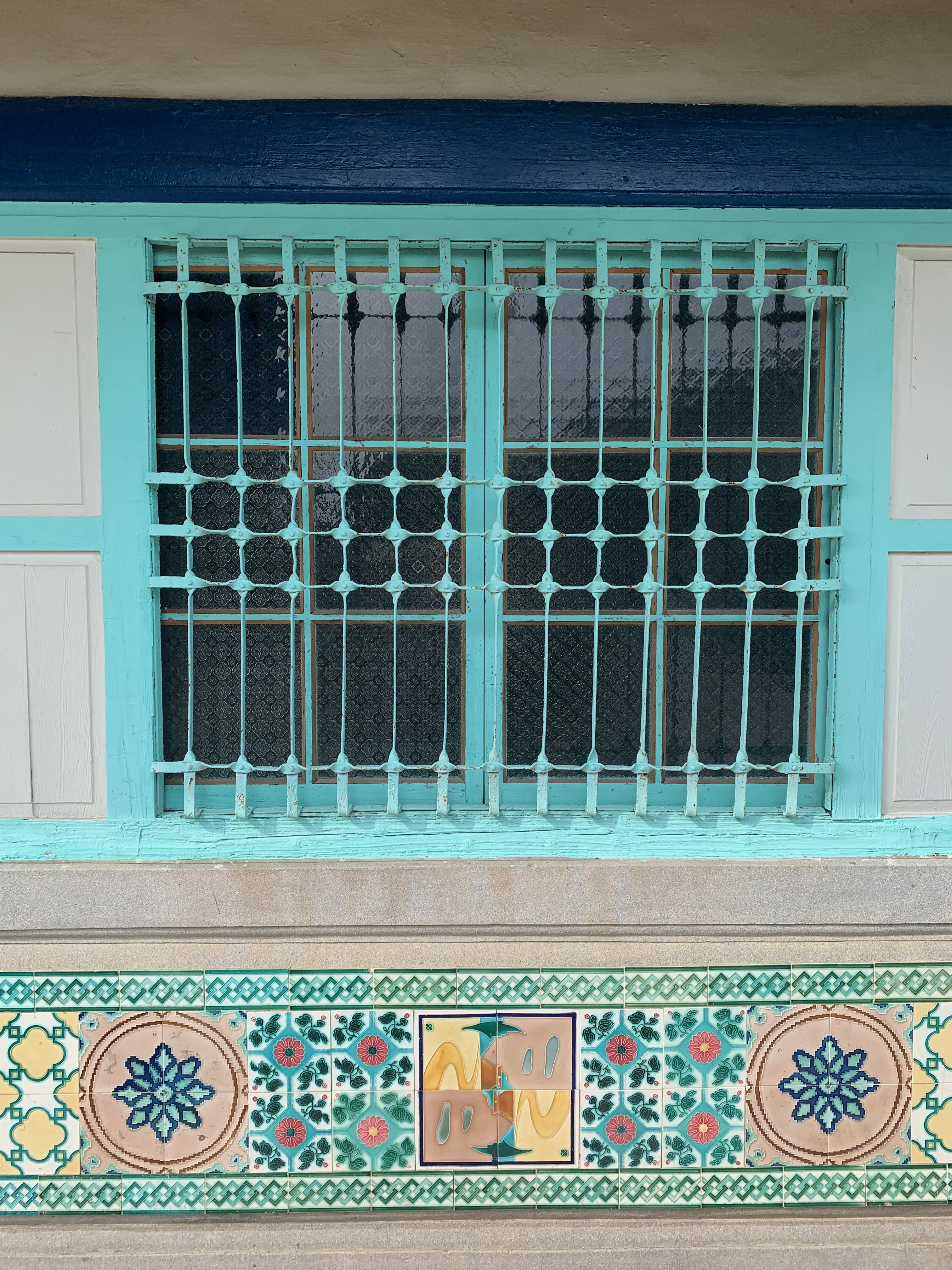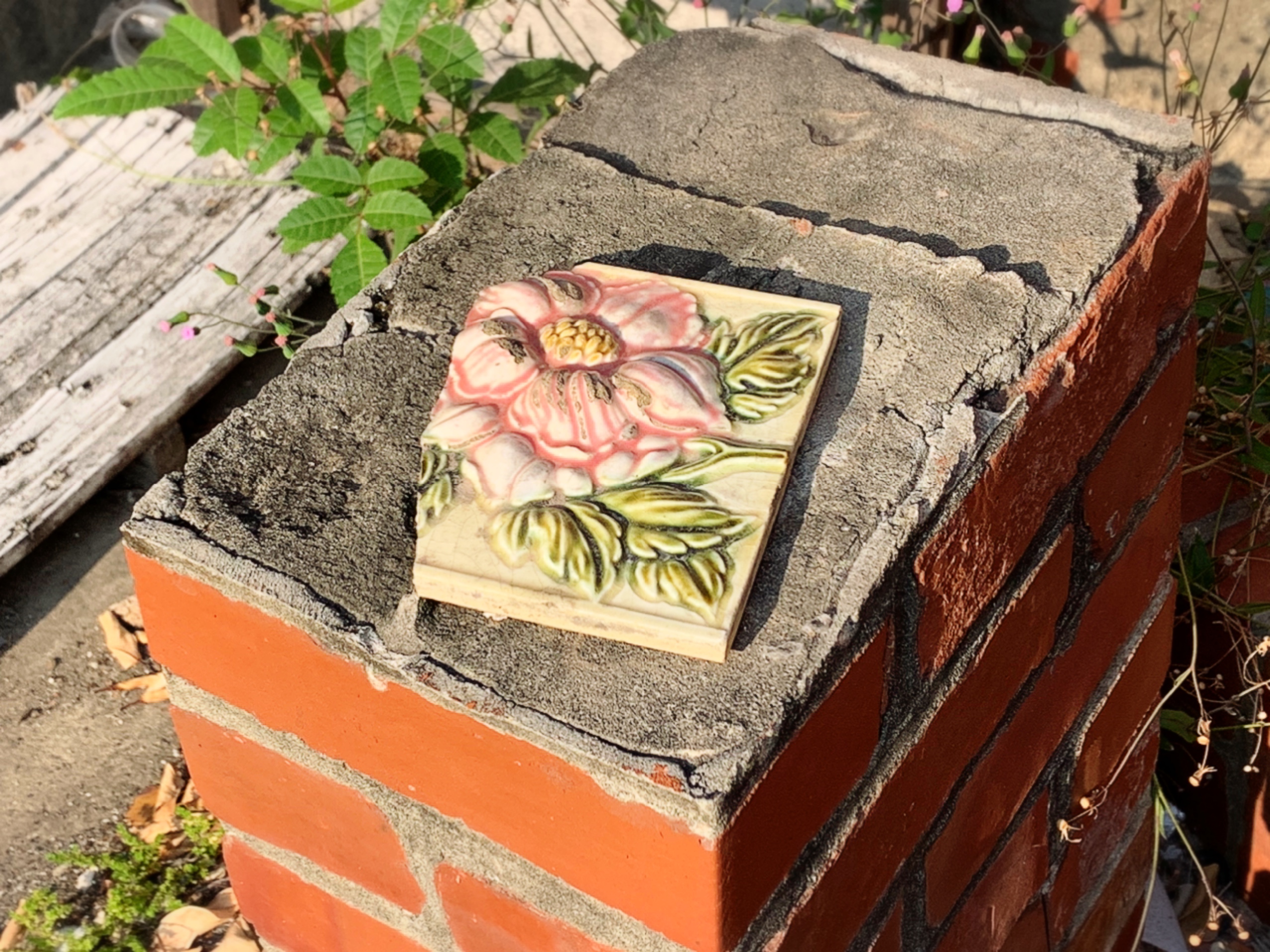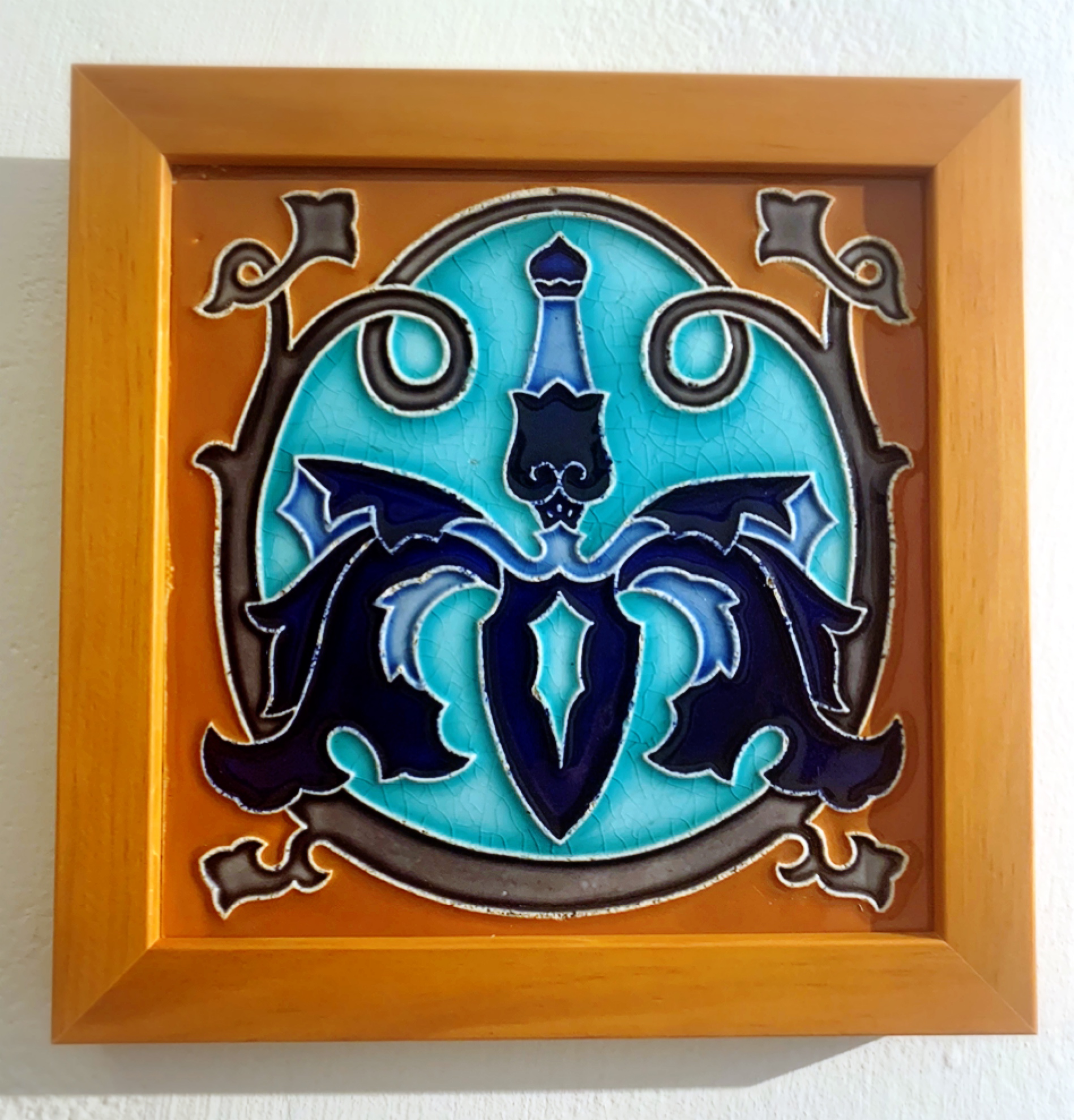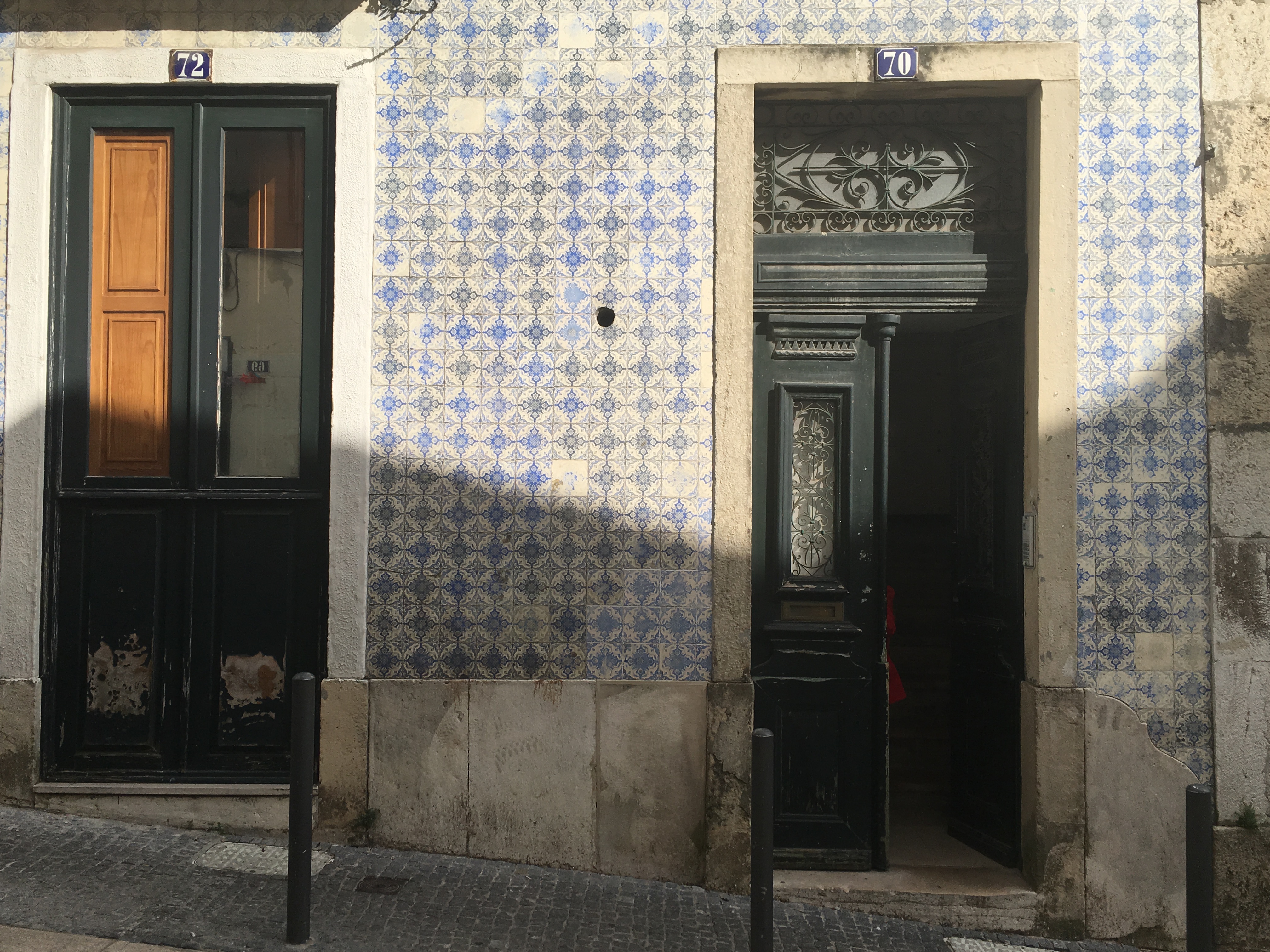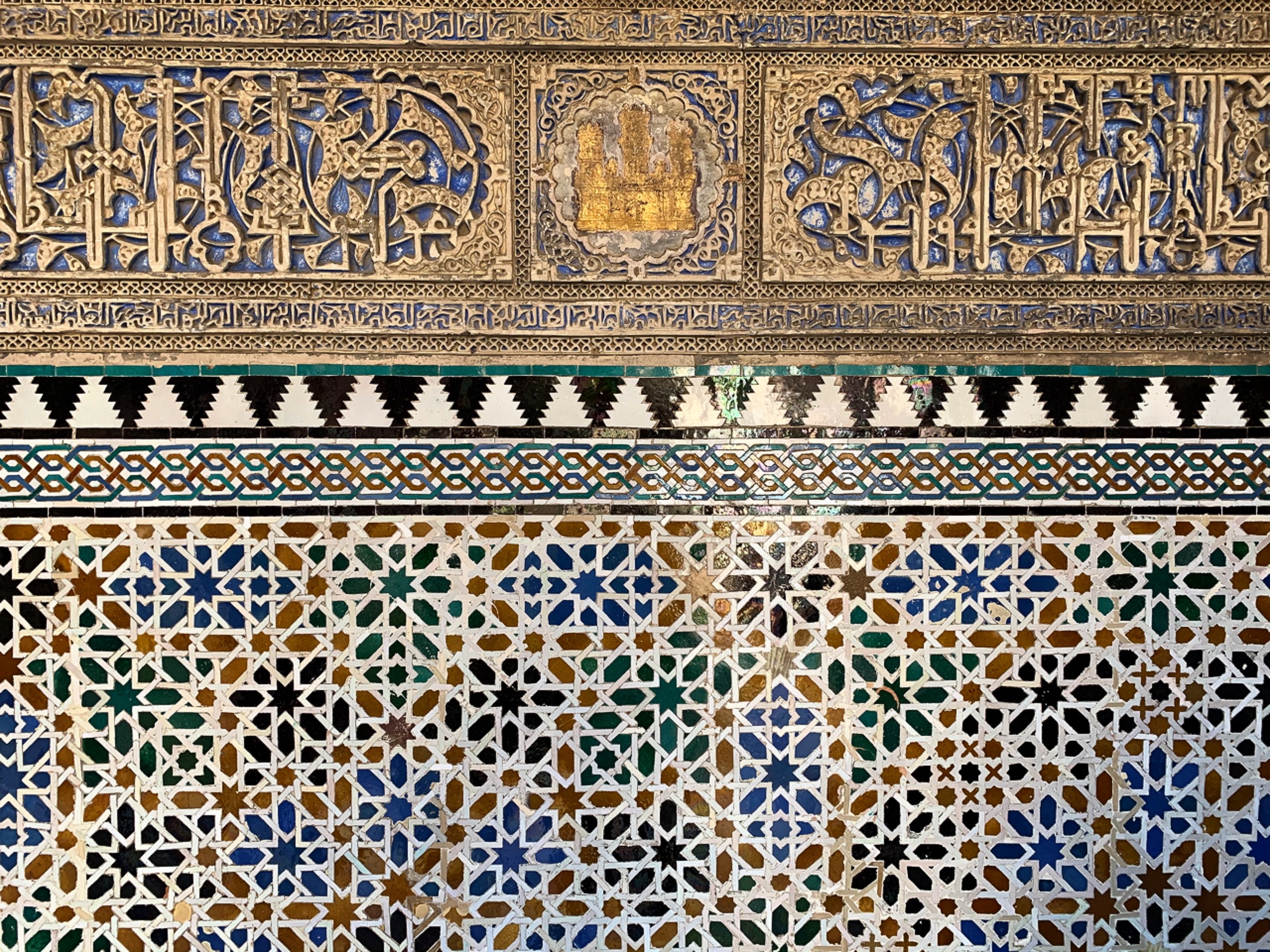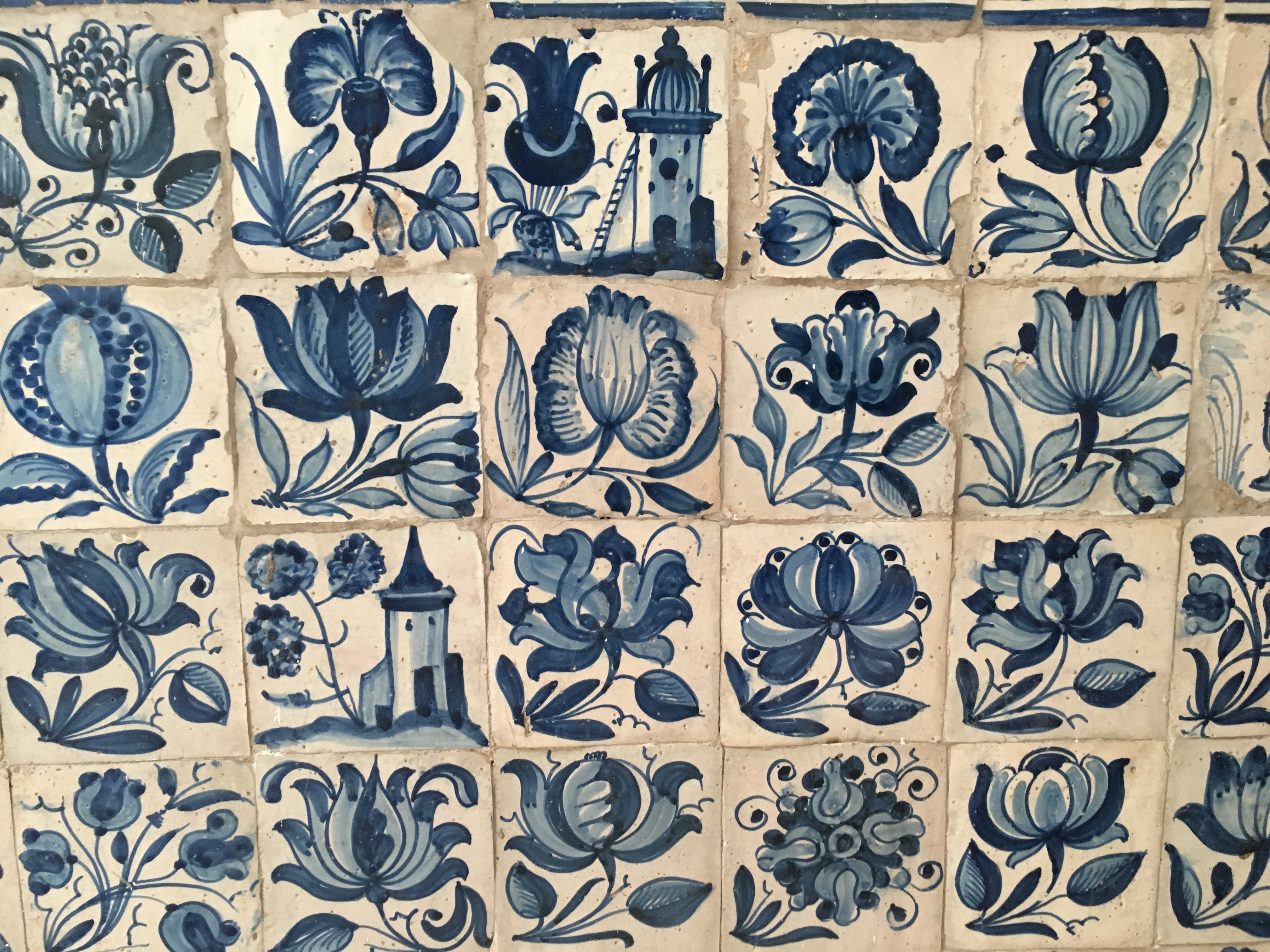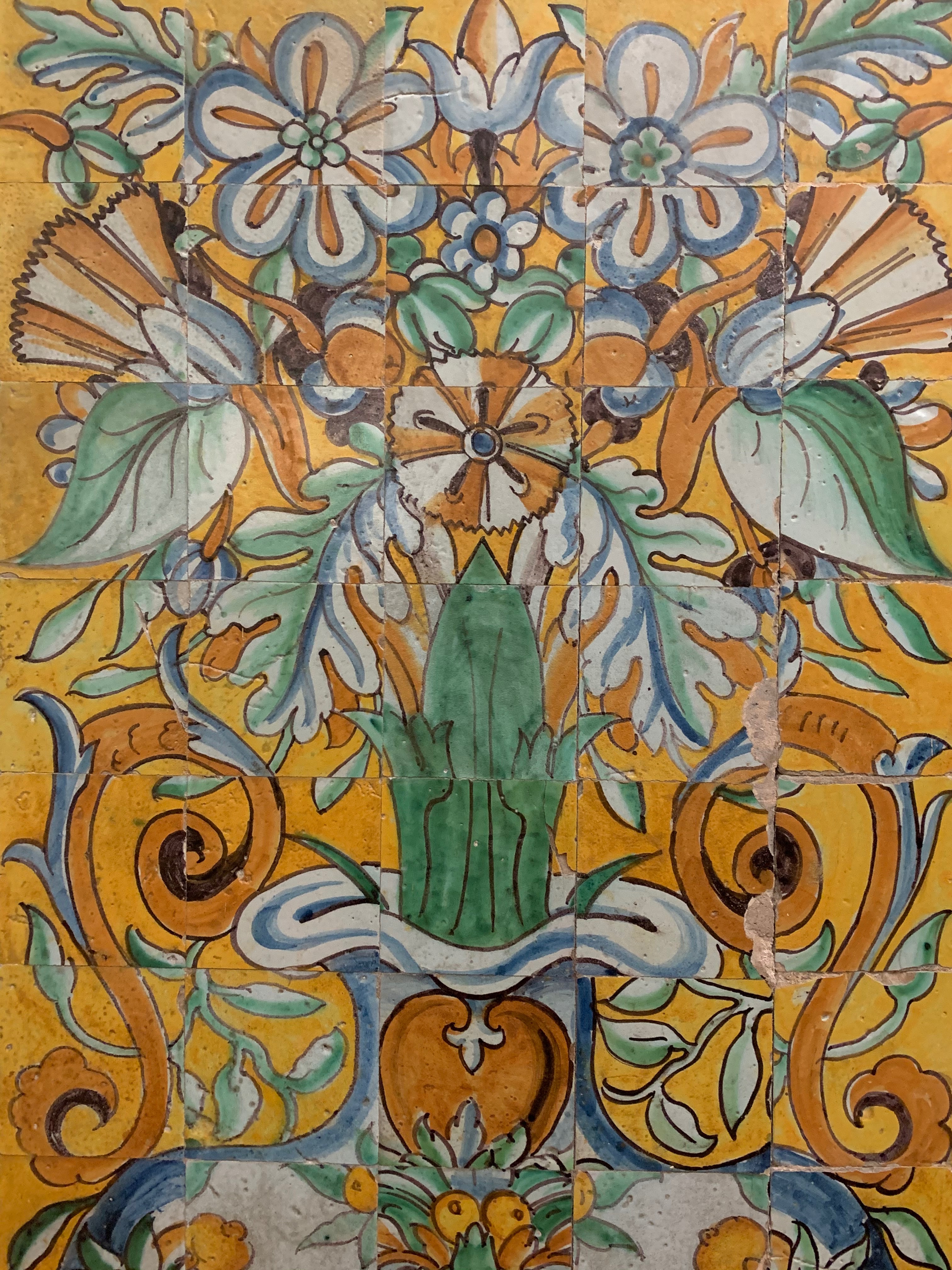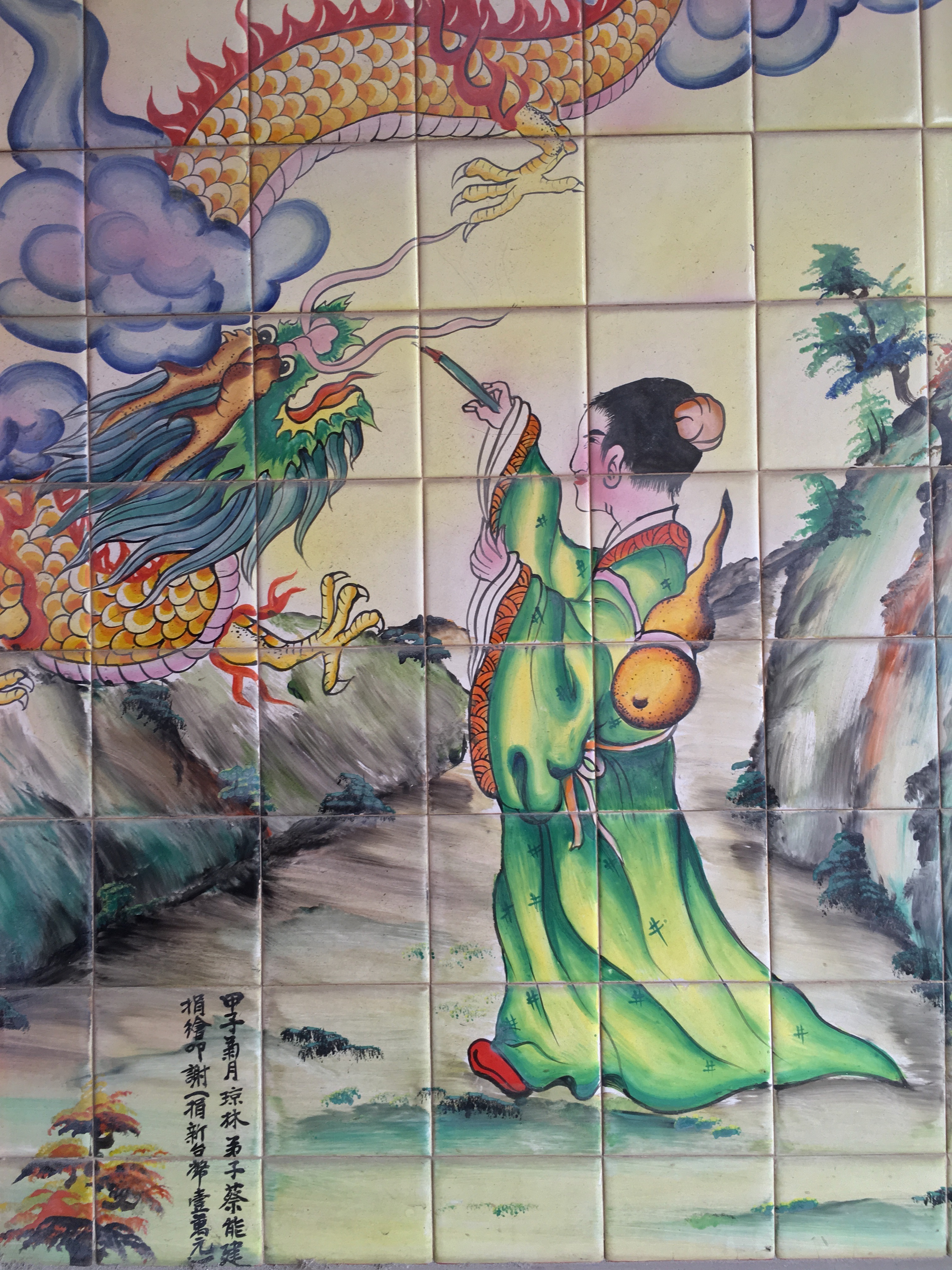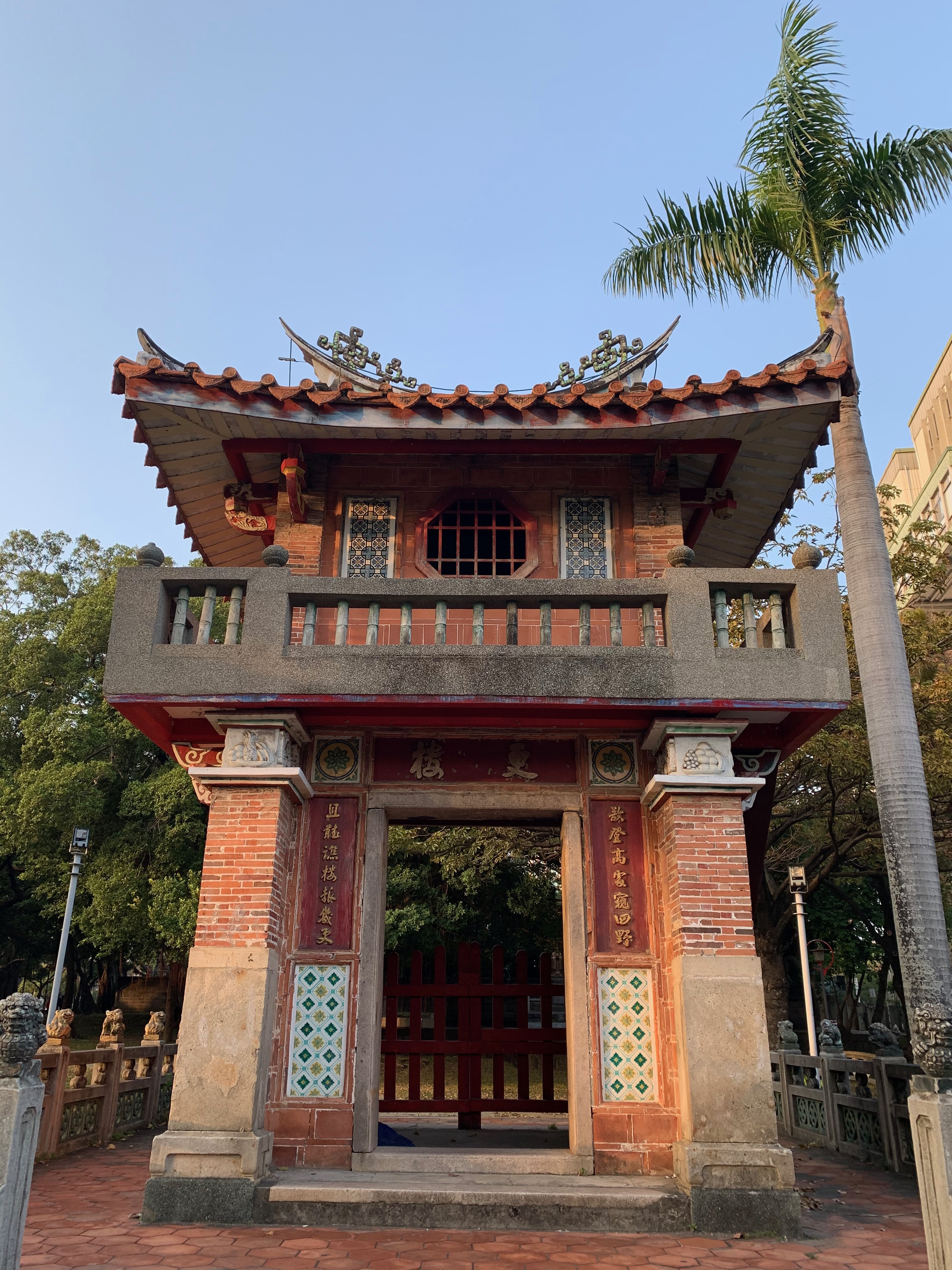This is a bit long, but I've fiddled with it for such a long time that I'm just going to publish it as-is.
Here's an excerpt from a conversation I had with Brendan recently:
Me: So I just finished this Routledge book, Social Forces in the Re-making of Cross-Strait Relations.
Brendan: Gonna write a review?
Me: Obviously. This one was interesting because it took the evolution of social movements, mostly under Ma Ying-jeou, and analyzed them in a Gramscian framework.Brendan: Huh.
Me: Y'know, Gramsci, the guy American right-wingers think taught nursery school kids about critical race theory in the basement of a pizzeria, and that's why now there are transgender people.
Brendan: It was probably pretty hard for him to do that from a jail cell in Fascist Italy a hundred years ago.
That's what happened while I was reading Social Forces in the Re-making of Cross-Strait Relations. As you might imagine, it starts out very academic: if you need a primer or refresher on Gramsci to better understand the theoretical framework, author André Beckershoff has you covered. If you don't, feel free to jump ahead to the Taiwanese history and analysis.
The SparkNotes paraphrase of Gramsci is that he's most famous for his dissection of cultural hegemony: the process by which a ruling (capitalist) class dominates the culture of a society, including diverse societies, to establish or maintain control of that society's norms, perceptions and expectations in order to legitimize their place at the top. It's not exactly Marxism in the traditional sense, but it is absolutely rooted in Marxist thought. Gramsci's hegemons are the same Boss Class that rule every capitalist society, who then disseminate pro-capital opinions until they become foundational to that society's ethos, thus supporting the continued existence of the Boss Class.
That is, accumulation is always good, we're at the top because we deserve to be there, what we want is what's best for society and therefore should also be what everyone else wants, and what's best for society is oh-so-conveniently exactly what keeps us in power.
Let me also lay out my personal stuff, so that you'll know where I'm coming from in this review.
This may be shocking for some, but I'm not a communist. At best, I'm quasi-anarcho-socialist, to the left of parties like the Democrats and the DPP, but able and willing to find common ground and compromise with many. When it comes to Taiwan, I believe in a pragmatic approach which sometimes necessitates dealing with the worst people on Earth, although I refuse to be a part of it.
I do not believe in a Leninist praxis in which a 'vanguard party' leads a revolution, because I don't like to be told what to do. Not by a billionaire pig, and not by some asshole who insists his dictatorship is 'of the proletariat' when it obviously isn't. In short: yes to mutual aid and community-building, no to sending people to the wall for thought crimes, and no to 'political tutelage', which is just another name for manufacturing consent. An opinion which, of course, would get me sent to the wall for thought crimes.
So I'm the sort of lefty that right-wingers think is turning everyone gay (that'd be awesome, yet is unfortunately untrue), but I'm not-quite-leftist enough such that the purists think I'm just another capitalist. I may not be a communist, but I'm mostly okay with Gramsci.
Gramsci in a Taiwan Context
As such, the theoretical framework of Beckershoff's book makes intuitive sense to me. In the context of Taiwanese history, the process by which the KMT came to Taiwan, set up systems that redirected capital accumulation toward themselves, and used education, "the rule of law" and the media among other tools to consolidate their wealth and power.
The KMT's hegemonic strategy differs, however, in that they didn't just use non-violent 'cultural' means. They also used violent ones: 228, Martial Law, the White Terror. No one serious denies these events happened, but it's telling that the excuse-mongers' only tactic to legitimize them is typically along the lines of "the ROC needed to cement their rule over Taiwan".
But of course, that begs the question: it assumes the permanent KMT/ROC governance of Taiwan is fundamentally legitimate, and therefore that end justified both violent and non-violent means. That legitimacy is usually tied back to non-binding declarations made by the leaders of other countries, not any sort of political will or choice of the Taiwanese people. Thus, I'd argue, there is no inherent legitimacy to the ROC on Taiwan, so excuses for its actions not meaningful arguments, they're thought-terminating cliches.
That's a slight digression, but these sorts of thought processes are fundamental to the book. It spends some time discussing KMT strategy during the Chen Shui-bian administration, but the greatest focus is on the interplay between the Ma administration that succeeded Chen's, and the social movements that sought to cripple his agenda and mostly (though not entirely) failed, until they succeeded. The Wild Strawberries, Anti-Media Monopoly Movement, various anti-land-expropriation movements and, of course, the Sunflower Movement. The end of the book is where this interplay (I suppose you could call it a dialectic?) comes out most strongly, although the activists of the 2010s were not the first to oppose both pro-China and pro-capital cultural hegemony.
One excellent reason to read Social Forces in the Remaking of Cross-Strait Relations, therefore, is to consider an analysis of Taiwanese identity and its evolution through a fundamentally leftist lens. It's refreshing to read, as a counterpoint to all the conservative slugs who support (and claim to care about) Taiwan only because it stands in opposition to CCP-ruled China. It's not a simplistic nationalist or anti-communist argument: it looks at the struggle of social movements to define themselves and their country despite unrelenting attempts to undermine the existence of a Taiwanese identity by those with the most money and power.
The intended through-line, made clear right from the introduction, is that the driving force behind the narrative of capitalism being fundamental to Taiwan's identity and that Taiwan and China are (therefore) inextricably linked, is an invention of the bourgeoisie for their own benefit.
This may sound odd, as China claims to be communist, not capitalist, but the point is what benefits capital (that is, what's good for the wealthy) has been sold to Taiwanese society as something natural, inevitable, and decided by society despite having been created instead by the wealthy. The narrative that benefits the wealthy is the pro-trade, pro-China one. It doesn't really matter that the government on the other side claims to adhere to the principles of socialism. It matters that the people who push the narrative make money.
Capital and Politics, or, the KMT sucks
The party most complicit in this is KMT, both under Ma Ying-jeou specifically and in history more generally, positioning unification and Taiwan as culturally and historically Chinese as inevitable, a given. They do this through capital, that is, economic control. Early on, the KMT took control of just about all means of capital accumulation. Of course they did: they wanted all the money as well as all the power.
The importance of capital accumulation was placed alongside this positioning of Chinese cultural and political identity as foundational to the existence of Taiwan -- well, the ROC. Under Ma Ying-jeou, this strategy expanded to include CCP cooperation in manufacturing this narrative and public consent for it.
While they've pretty clearly lost the battle for identity, with most Taiwanese no longer buying into the Chinese nationalist worldview, the same can't be said for the capitalist ethos that's still seen as fundamental to Taiwan's (well, again, the ROC's) identity, if it's questioned at all. This manifests in the admiration society tends to have for wealthy businesspeople and the ineffectual pushback against long hours and low wages (or even defending mistreatment of workers as necessary for the country's economic success). There's also nostalgia for the 'Taiwan Miracle' era despite its political challenges, and most concerning of all, the belief that only increased cooperation with China will ensure Taiwan's economic future.
This latter narrative has faced some society-wide interrogation in recent years, especially as it's become apparent how strongly Taiwan's business elite, along with the KMT and CCP in tandem, have pushed it as necessary, while condemning opposition to economic integration as foolish or short-sighted.
Beckershoff dives into all of this history in detail, which led me to a conclusion that I'm not entirely sure was intended: however bad readers of Taiwanese history might think the KMT is, the more you learn, the more you realize it's actually worse than whatever you'd previously thought. History never offers the KMT image rehabilitation -- it only makes it look more awful than it already did.
Upon fleeing to Taiwan, the KMT first sought to consolidate economic control. They did this by stacking state-run enterprises with their own, and giving preferential treatment to large private enterprises, which tended to be run by KMT loyalists. Smaller enterprises, which were more likely to be headed by potentially disloyal local Taiwanese, were forced into the export sector.
Land reform did increase the average income of farming households and limited land as a means of social mobility, but many farmers were unhappy with the government deals through which they acquired land to farm. The KMT then set up Farmers Associations which, under a Gramscian analysis, were used as tools to manufacture passive consent for reforms, and as a means of government control of the agricultural sector. They did this with mandatory membership in many such trade associations -- not so professionals in a trade could protect their own interests, but as a means of maintaining loyalty to the KMT.
Despite some benefits from land reform, that's all pretty bad. However, most of us knew these things already. If you didn't, welcome to the KMT Hater Train. I'll be your conductor -- Chugga Chugga Choo Choo, motherfuckers.
But wait! There's more! Did you know that during this time, the KMT siphoned off about 50% of all rice production through the use of rice-as-payment for all manner of things, including strategically overpriced fertilizer? I hadn't, but now I do!
Did you know that compensation for expropriated land in the form of stocks and bonds was intentionally spread widely enough to ensure none became major shareholders, thus mitigating the economic power of potential dissenters? Again, I hadn't. But now I do.
Oh, and did you know that most of that sweet, sweet US aid money (pre-1965) was granted by the KMT dictatorship to KMT loyalists, so that 'waishengren' mostly benefited, all while retaining the right to ban the formation of new companies to protect the interests of existing (waishengren-owned) ones? I could have guessed this, but I hadn't been aware of the details.
However bad you thought the KMT was, it's actually worse.
I only have one small quibble with this section of the book: while most references to concepts such as "re-taking the Mainland" are properly contextualized in the book, on page 45 there's an unqualified reference to "retrocession". But, of course, this too is a manufactured concept. What is retrocession, exactly, when the ROC hadn't existed when Japan took Taiwan? The primary government on Taiwan between the Qing and the Japanese was the short-lived and beleaguered Republic of Taiwan, and the Qing had, for the most part, treated Taiwan as a colony, Until the last dozen years or so, they didn't bother to map, let alone govern, more than a third of the island.
So what is 'retrocession'?
It's nonsense, that's what.
There's more, and Beckershoff goes into detail about the role of capital in Taiwan's eventual transformation from the KMT's vision of a 'model Chinese province' from which to 're-take the Mainland' (barf) to a more liberal economic policy, but I want to jump ahead.
The KMT is worse than you thought -- but the DPP kinda sucks too
By the mid-2000s, the KMT was already in full traitor mode, although not many people realized it at the time. I wrote about this a few posts ago, quoted below:
Beckershoff lays out a devastating case for China's intentional smearing of DPP presidents as "the problem", making it seem as though they aren't open to or capable of initiating or engaging in any discussions, let alone peace talks or mutually agreeable rapprochement.
In fact, the CCP was able to sidestep DPP presidents, making them seem like bigger 'troublemakers' than they have been, by engaging instead with the KMT directly, as though they were the ruling party even when they weren't. Beckershoff says of the Chen years:
The DPP's limited success, however, was not for lack of initiative: after first overtures beginning with Chen's election in 2000, the government proposed negotiations on a variety of technical issues from 2004 onwards, but as the party-to-party platform between the KMT and CCP emerged in the same time frame, the Chinese government could afford to stall, decline or even ignore the overtures of the Taiwanese government.
One specific example of this was undermining the Chen administration vis-à-vis tourism:
The TSTA [Taiwan's Taiwan Strait Tourism Association] and the CTEA [China's Cross-Strait Tourism Exchange Foundation] held a third and fourth round of tourism talks in January 2007, and a fifth round in March. With both organizations having "reached consensus in many aspects", [Joseph] Wu was adamant that negotiations were "entering the final stages", a statement reaffirmed by his successor Chen Ming-tong on 27 April.
The next day, however, the 3rd KMT-CCP Forum opened in Beijing to discuss the topics of direct flights and cross-Strait tourism. The composition of the delegation reflected the issues on the agenda: in addition to the usual party and business representatives, it comprised delegates from four Taiwanese airlines, several hotel groups as well as a number of associations from the tourism and travel sectors. Three of the forum's six recommendations dealt with issues of cross-Strait links....while the fifth recommendation endorsed the swift realization of a cross-Strait tourism agreement. The unilateral measures announced at the forum facilitated travel for Taiwanese citizens by allowing further cities to issue landing visas, and Taiwanese airlines were permitted to set up offices in China while also benefiting from measures designed to promote cooperation with Chinese airlines...
So, essentially, undercutting the work the elected government had already been doing by taking it up through a backchannel -- something that, if Wu and Chen were to be believed, was wholly unnecessary.
At the closing ceremony, Shao Qiwei, director of China's National Tourism Administration, contrasted the pragmatic and productive negotiations with the Taiwanese opposition parties through the KMT-CCP channel with the disruptive attitude of the Taiwanese government. He stated that the five rounds of negotiations between the TSTA and CTEA had reached a consensus on a large number of tourism related issues, and blamed the stalling of negotiations on the Taiwanese government's unwillingness to recognize cross-Strait tourism as domestic travel.What 'disruptive attitude'? Not referring to Taiwan as part of the PRC? They patiently engaged in multiple rounds of communications and reached several agreements. How is a statement of fact "disruptive"? "Disruptive" is what you call someone when you know they're right, but you want to discredit them anyway.
The KMT was happy to sell Taiwan out in this regard, however, allowing the CCP to simply ignore the Taiwanese government, even when negotiations were going reasonably well.
Then, of course, they turned around and campaigned in 2008 on the idea that only the KMT can talk to China, whereas the DPP is hostile or simply inept. But the DPP only failed to negotiate agreements on flights and tourism because the KMT cooperated with the CCP to undermine them.
I had not known these details, though I could have inferred much of it. Learning exactly how it all went down, especially as I was here to watch Ma Ying-jeou campaign on his ability to handle this specific issue, just makes me hate the KMT more.
Again, however bad you thought the KMT were, they're worse.
Certainly the KMT could not have done all this without the buy-in of big business -- that's one of the main points of the book, and Beckershoff catalogues in detail the ways that large corporations, or business associations comprised of their heads, worked hand-in-hand with both parties to promote the narrative in society that increased cooperation with China was not only good for Taiwan's economy, it was necessary. Yes, even the DPP, even during the Chen administration, although the KMT continues to successfully convince large sections of the electorate that this isn't the case.
Neither party has interrogated the assumption that increased trade and other forms of cooperation with China benefits all of Taiwanese society, even when the push for such cooperation comes at the behest of the wealthy, for their own benefit. As a result, much of society hasn't questioned it either.
Do those benefits trickle down? I'm not sure, but they didn't seem to under Ma Ying-jeou. Mostly, it meant that Taiwanese had to look to China for well-paid jobs, while Taiwan itself began hollowing out for all but the ultra-wealthy.
Following this, negotiations with China were described as economic in nature only, not political. Both parties underwrote this to some extent. The DPP was not innocent in it:
Chen, now under considerable pressure from Taiwan's bourgeoisie, convened the Economic Development Advisory Council (EDAC). This body was established to formulate a national consensus on Taiwan's economic development, with a particular emphasis on the issue of cross-Strait relations. The composition of EDAC suggests that it was not so much an open debate, but rather a vehicle to universalize the interests of Taiwan's bourgeoisie by giving hte appearance of general consensus.There's a fair amount of detail about this in the book, focused mostly on the construction and packaging of the pro-capitalist narrative, but I'll save something for you to read.
Of course, the KMT were lying about cooperation being economic and technocratic only:
[Vincent] Siew developed the abstract framework of "economics first, politics later" into a set of concrete initiatives....the mutual trust engendered by this process wouuld also entail the potential for positive integration, a "step by step integration of politics", and thus pave the way for a "sharing of sovereignty" in the long term.Siew said this in 2001, almost a decade before the KMT was elected on the artificially-constructed belief that they'd do a better job negotiating with China while safeguarding Taiwan's sovereignty, and people still voted for them. I don't really blame the voters for choosing Ma: Frank Hsieh was not a strong candidate, and Chen Shui-bian's corruption scandals had damaged the DPP a great deal. It's not a surprise that the KMT won in 2008.
Regardless, the DPP were not innocent in this, underscoring the ultimate big bad in Beckershoff's analysis isn't the parties per se:
After assuming office, Chen demonstrated his willingness to reach out to China, not only suggesting that cross-Strait negotiations should take place in the pragmatic '1992 spirit' that had characterized the first meeting between the SEF [Straits Exchange Foundation] and ARATS [Association for Relations Across the Taiwan Strait], but even stating that unification would not be excluded as a potential outcome of these negotiations if the Taiwanese people supported it...
Me: "!!!"
It's not that the DPP has changed their rhetoric much since then. It's that I never expected Chen Shui-bian of all people to have said such a thing, which demonstrates just how deep the pre-packaged "KMT Say Right Things To China, DPP Bad At China" is buried in our understanding of Taiwan.
The KMT-CCP Forums were not just a vehicle for undermining the DPP's negotiations with China, they were also part of a concerted effort to promote Chinese culture as a binding agent between Taiwan and China, with associated exchanges, festivals, beneficial business regulations and more. This turn toward promoting a 'shared culture' continued well into the Ma administration:
During this latent phase, the site of struggle shifted towards the realm of culture. A first pebble that would signal the oncoming avalanche was loosened in September 2010 when the acting governor of Shaanxi province led a business delegation consisting of 500 members to Taiwan....First, we can observe a new emphasis on the cultural dimension of cross-Strait relations. In addition to meeting with Taiwan's political and capitalist elites, the delegation also visited universities and schools and attended cultural events that addressed the historical links between Shaanxi and Taiwan.Me: What historical links?
Second, the visit was accompanied by extensive and favorable coverage in several of Taiwan's major daily newspapers, including a three-page special report n the China Times. As it would later turn out, official Chinese agencies had paid for these reports, which were disguised as news coverage rather than being marked as advertisements.Me: That's still a problem.
The rest of the book goes into detail on the social movements that began to contest this pro-China, pro-capitalist narrative under Ma Ying-jeou, covering much of the same ground as an earlier aptly-titled Routledge title, Taiwan's Social Movements Under Ma Ying-jeou, which I read before I began reviewing books.
And now, the social movements
This is where the first Ma-era bubbles of true contestation of the pro-capitalist, pro-China narrative begin to surface, although Taiwan has of course always had leftists who were not necessarily communists or pro-CCP.
What would soon come to be known as the Wild Strawberry Movement provided a first challenge to the KMT's attempt to portray the negotiations across the Taiwan Strait as a mere technocratic project, the aim for which was to normalize trade relations without jeopardizing Taiwan's political status as a de facto independent country.I do have an issue with this section of the book, in that it portrays the Wild Strawberries, the Anti-Media Monopoly Movement and the Sunflowers as three different sets of activists, with three different outcomes, the Wild Strawberries appearing the least successful and the Sunflowers the most.
This is not quite true. Many of the college and grad students who would go on to become Sunflowers who helped change Taiwan's political trajectory, had been Wild Strawberries first, and Anti-Media Monopoly activists after that. While some came and went (either joining the movement or getting tired of it, for whatever reason), for the most part a similar cross-pollinated cohort members of civic, political and student associations kept losing until they won.
Not all of these groups were ideologically on the left, but many were. This leads to an interesting discussion in the book about what the activists themselves wanted their movement to accomplish:
Participating in the struggle against urban renewal in cases such as Wenlin Yuan, Huaguang, Shida and Shaoxing contributed to the conviction that activists were facing a deeper structural problem, exposing the need for more systematic analysis centred around the common denominator of neoliberal developmentalism.
These movements went through a series of internal discussions, if not outright conflicts, over their long-term goals. Should they lean more toward nationalism (support for Taiwan independence) or radicalism (anti-capitalism)?
Some activists argued that radicalism and nationalism go hand-in-hand. I tend to agree with this. Both are arguably anti-cultural hegemony, when that cultural hegemony is one of enforced Chinese identity. That said, one is indeed more radical and rooted in systemic change than the other. Arguably, Taiwan would be able to exist as a de jure country as it is now: the name would change, with the worship of wealth accumulation remaining the same.
And I say that, again, as someone who isn't a communist; my leftist ethos tend more toward anarchy.
Just so we're clear, however, the KMT is still the big suck here. Remember Huaguang? It was a major site of activism in those years. I thought it was bad enough that the government wanted to tear it down to free up land for the construction-developmentalist state, especially as the people living on that land were not offered compensation.
It was actually worse than that, though:
As the occupants of the area had constructed their houses on land owned by the Ministry of Justice, they were categorized as "illegal occupants" in 2006. This meant that the mostly elderly residents wer not entitled to rehousing or compensation and usually were asked to demolish their own houses and pay compensation for having conducted "illegal" business.Yeah, systemic indeed. Even if you think neoliberalism is great, free trade is the best thing ever, and negotiating with China can only ever be good, you have to admit this was a pretty filthy move on the part of the Ma administration. Most if not all of the Huaguang residents built their homes on that land because the government couldn't house all the KMT veterans and other refugees. The government tolerated these ramshackle developments, until they didn't feel like it anymore.
That's gross, and it should make you feel gross.
Here's another one:
An insightful example is the case of workers who were laid off when factories, mostly in the textile sector, were relocated to China or Southeast Asia throughout the 1990s and 2000s. In many cases, the employers left owing severance and pension payments ot their former employees. These payments were first covered by the Taiwanese government, whcih lader changed its position and sued the workers for "unpaid loans".This happened in 2012, so it was an anti-labor action by the Ma administration. Who even does this? It reads like a Reddit AITA about someone's parents sitting them down on their 16th birthday to insist they pay back all the money their parents "loaned" them in having raised them.
However bad you think the KMT is, it's actually worse.
Conclusion
I doubt the intended conclusion of Social Forces in the Re-making of Cross-Strait Relations was that the KMT is worse than most people think it is, even the ones who already know it's terrible. To be fair, the book makes a fair case that the bigger bad here is capital: wealthy elites deciding what narratives they want society to buy, and then disseminating them through political systems designed to keep them on top. In that way, every other party, including the DPP, is just as much a tool (or minion) of big business.
However, I simply couldn't avoid that conclusion, even if I hadn't already been predisposed to it. The system set up to ensure the flow of capital to the already-wealthy? That was the KMT, though they were in many ways copying the Japanese colonial government before them. The patron-client networks that both parties engage in, through which these narratives of Taiwan-as-China and bourgeoisie-are-good are instilled in society? Set up by the KMT. The trade and business associations that push the government into pro-capital, and therefore pro-China. This makes them pro-Chinese identity and pro-moving toward unification, not because many people actually want these things, but because China insists on them as the cost of doing business, and the elite are more interested in making money than defending Taiwan's sovereignty.
That's the real point of Beckershoff's book, but I truly must reiterate just one more time: however bad you thought the KMT was, it's actually worse than that.



